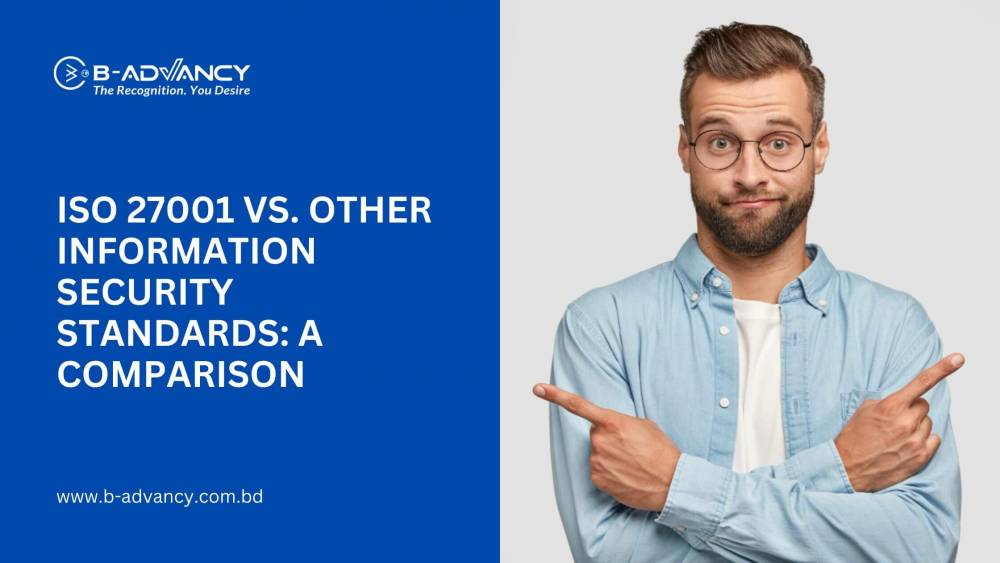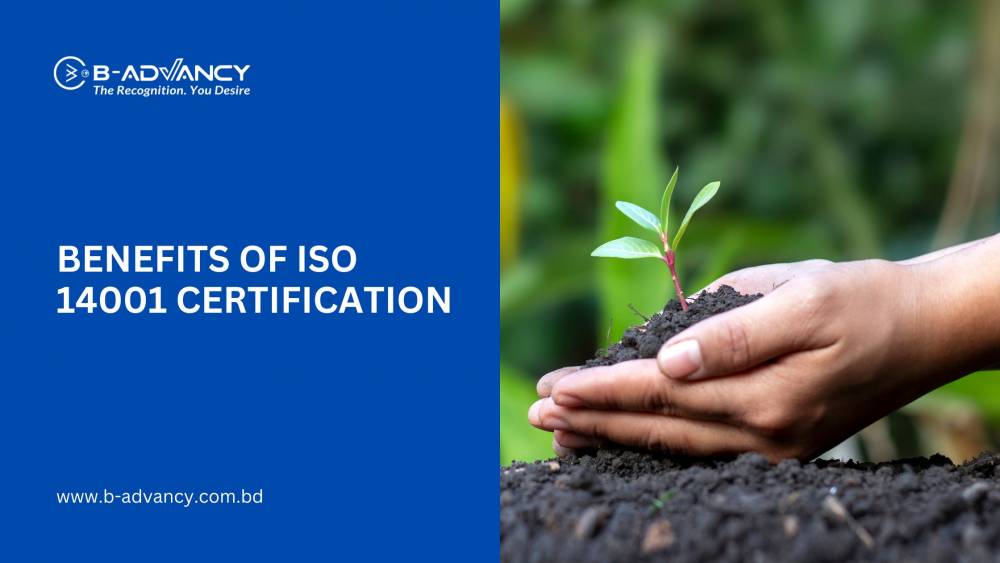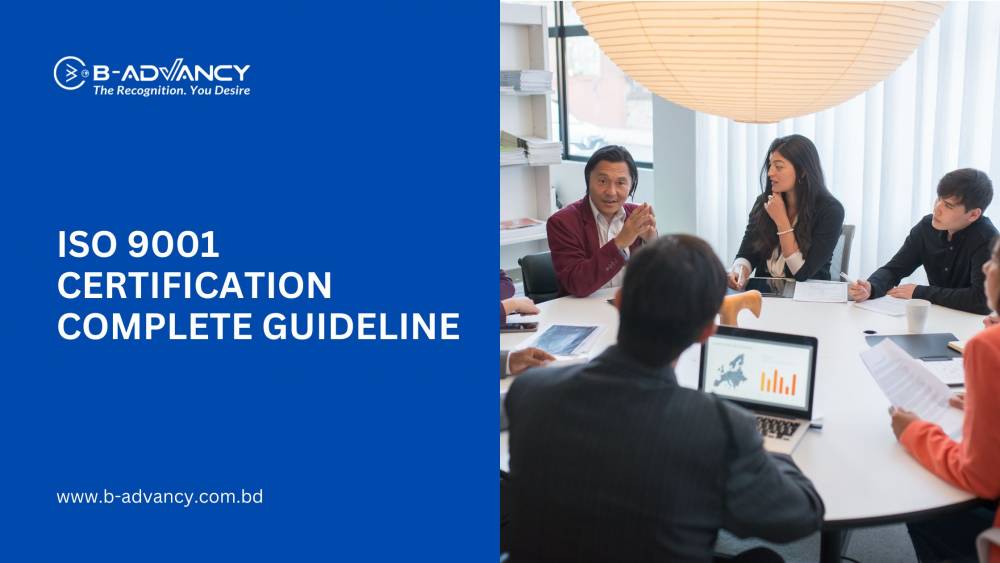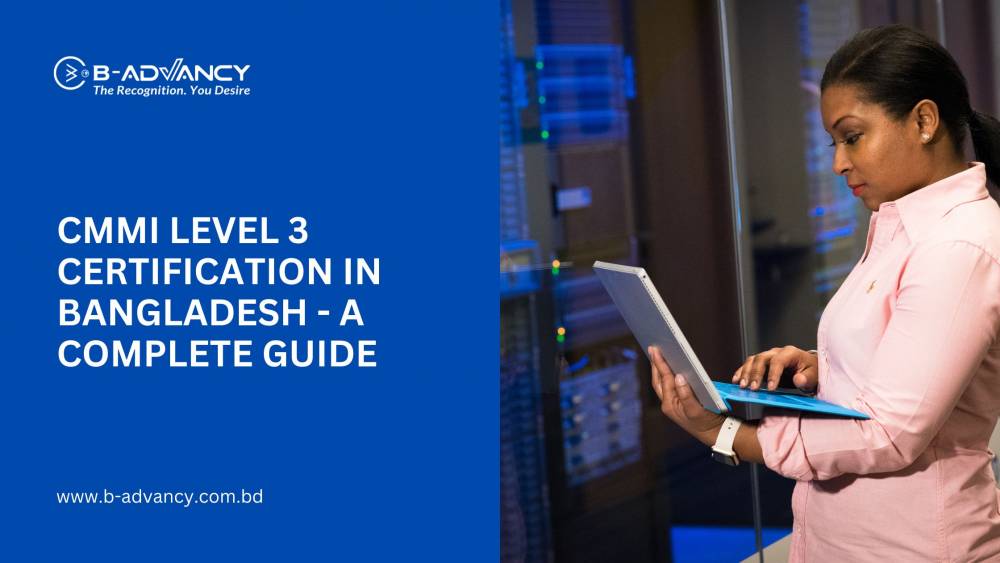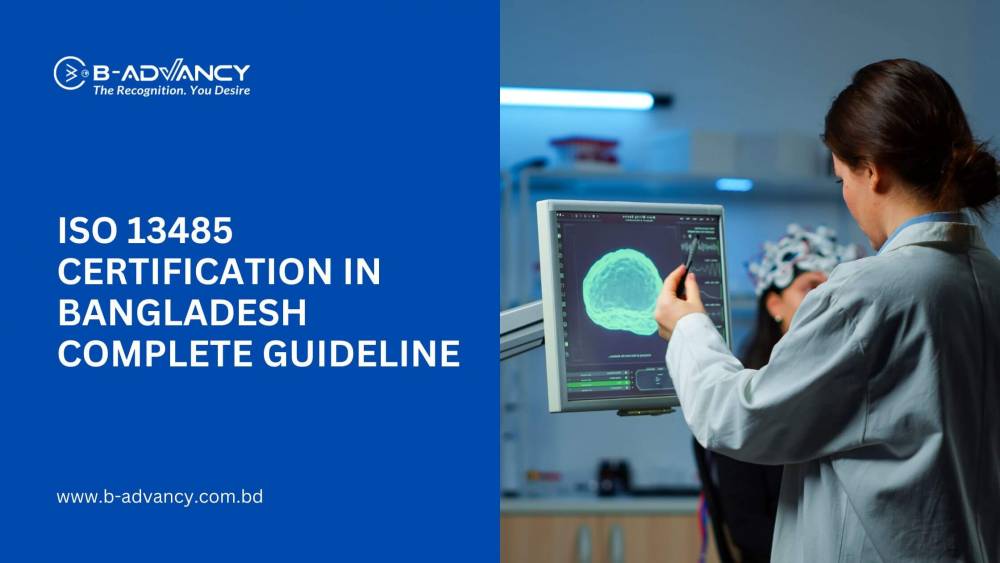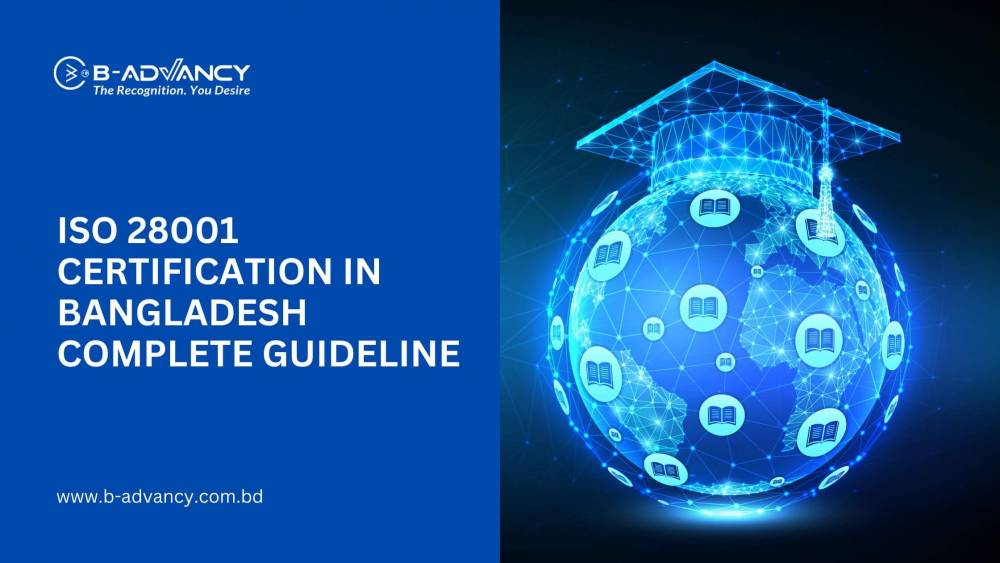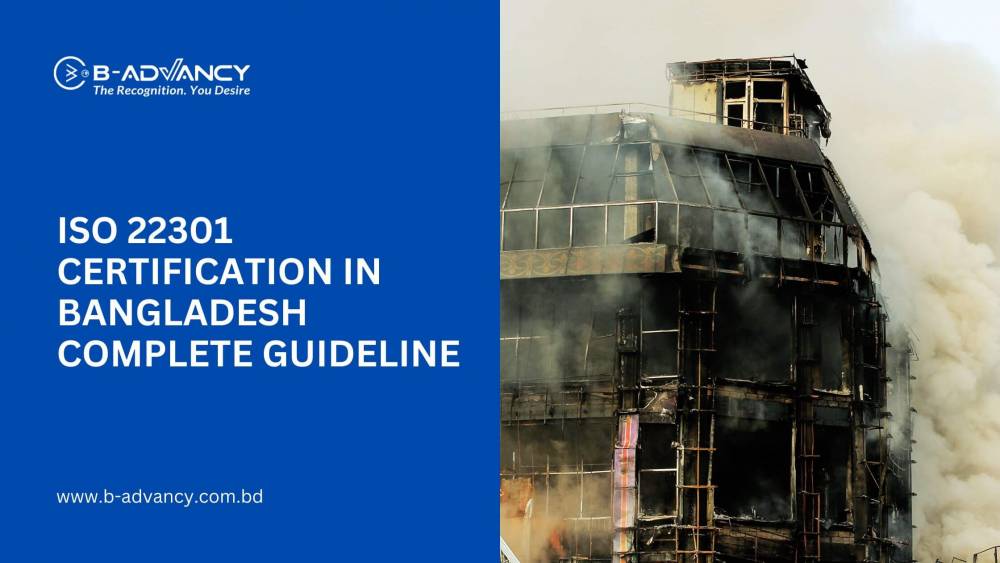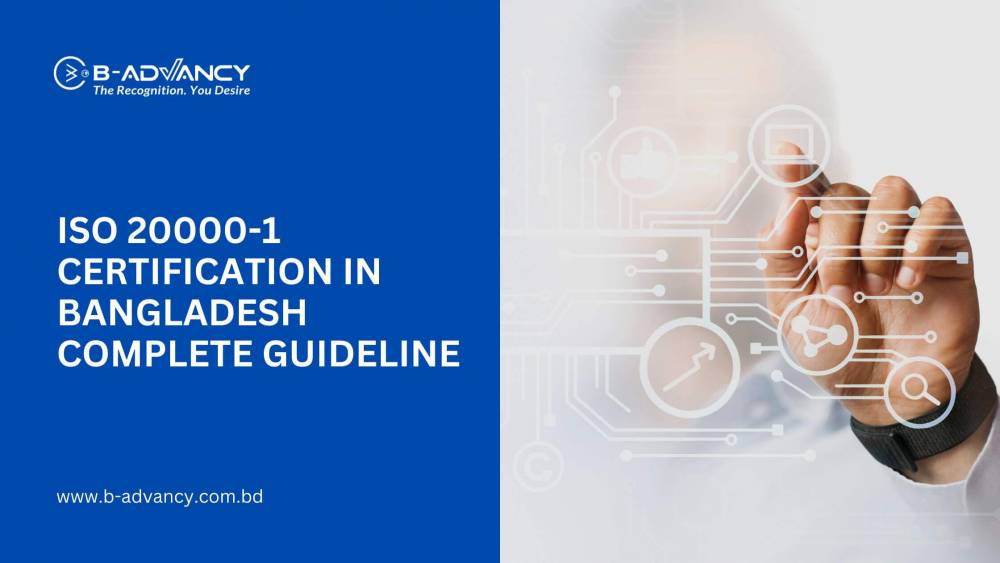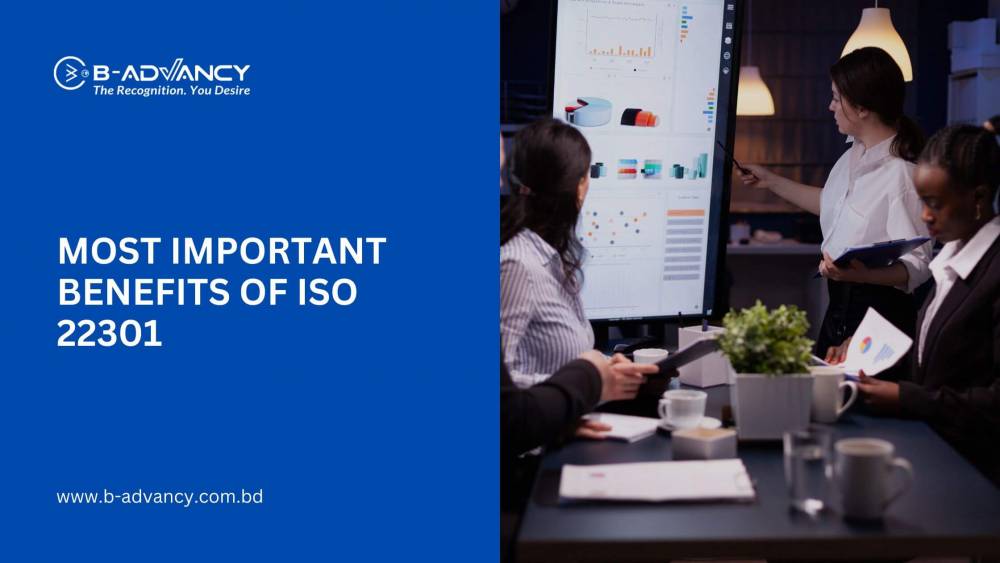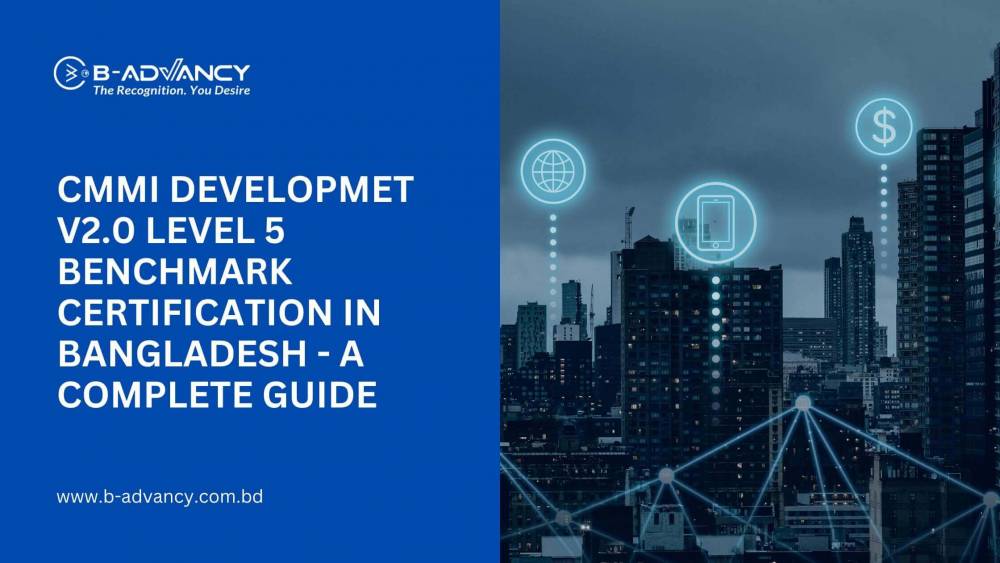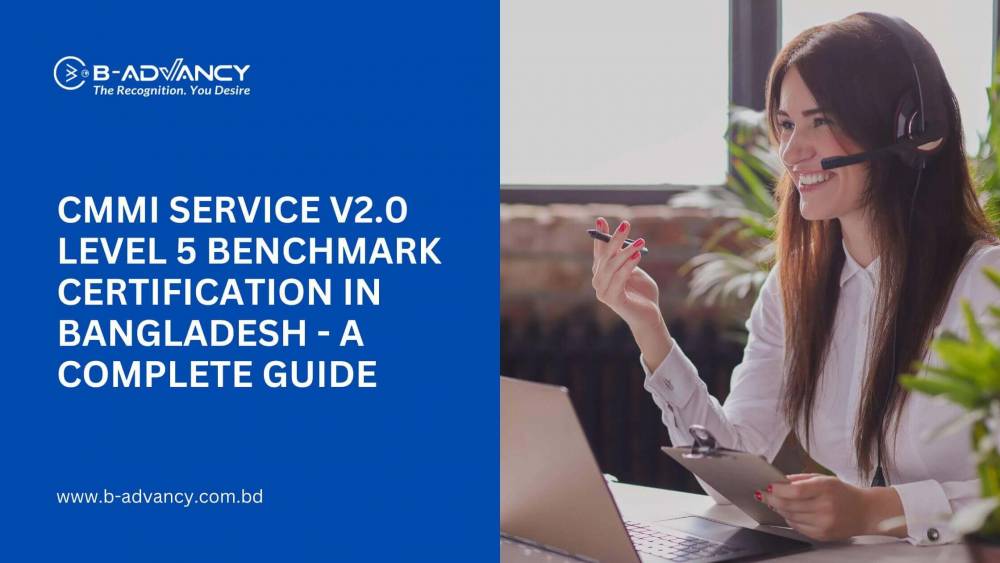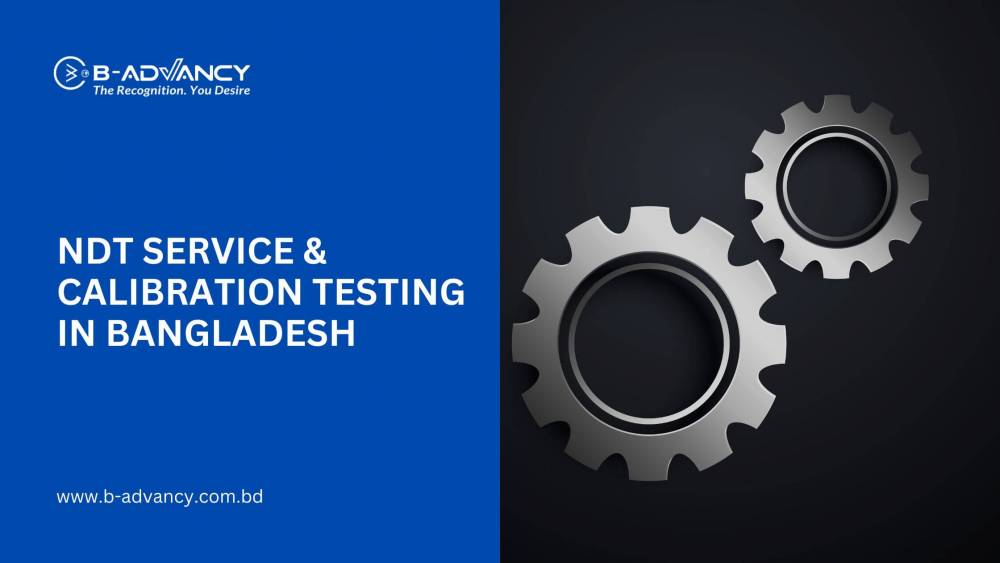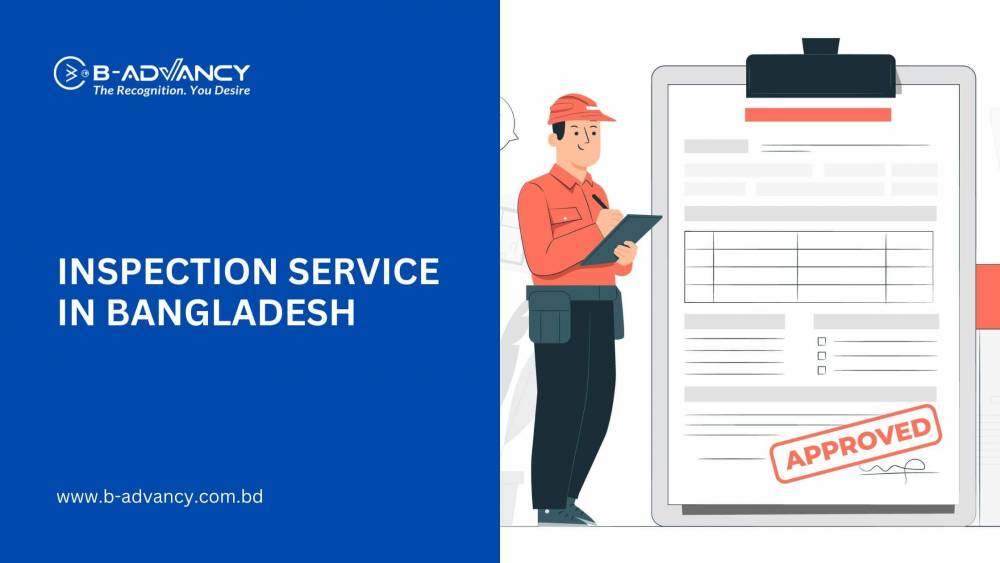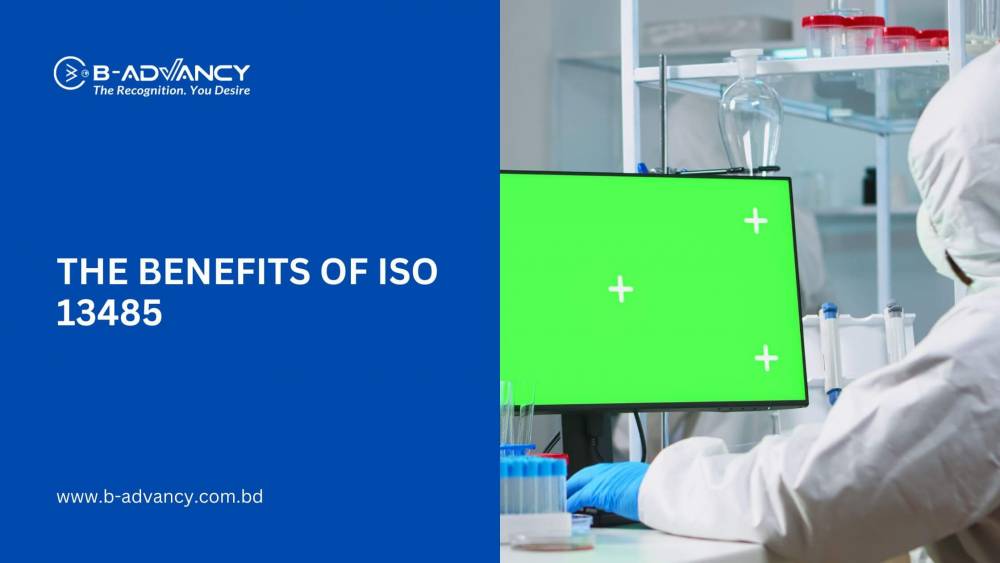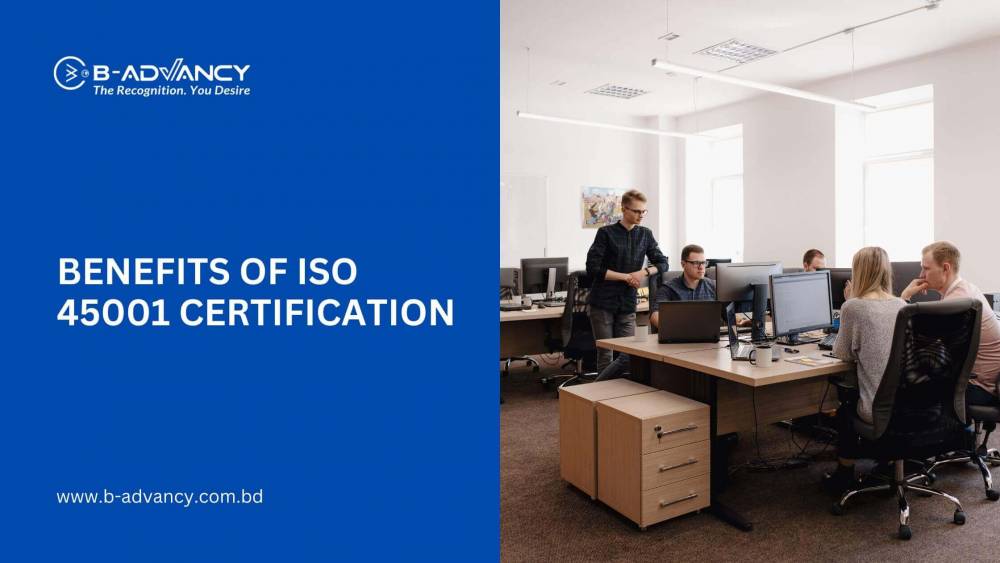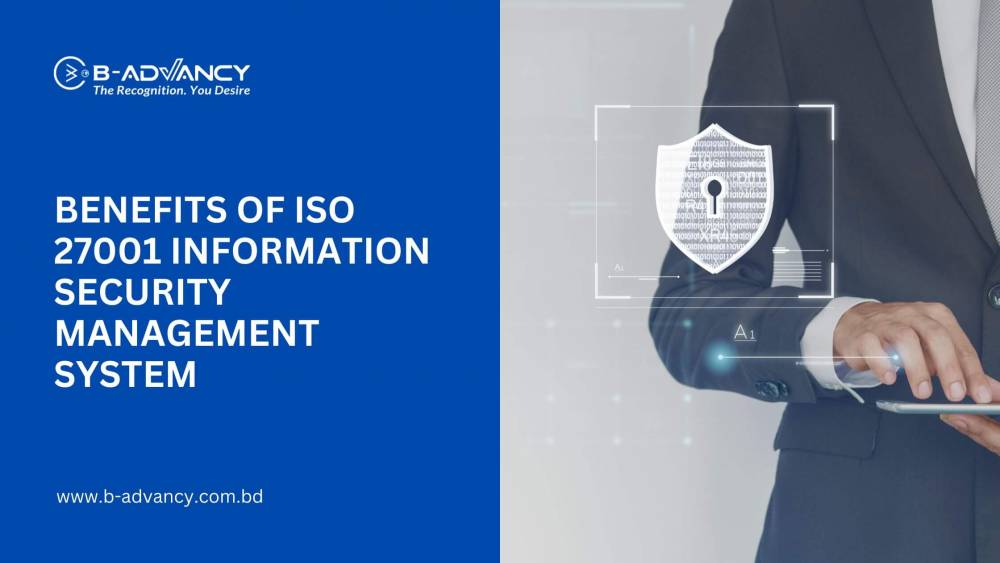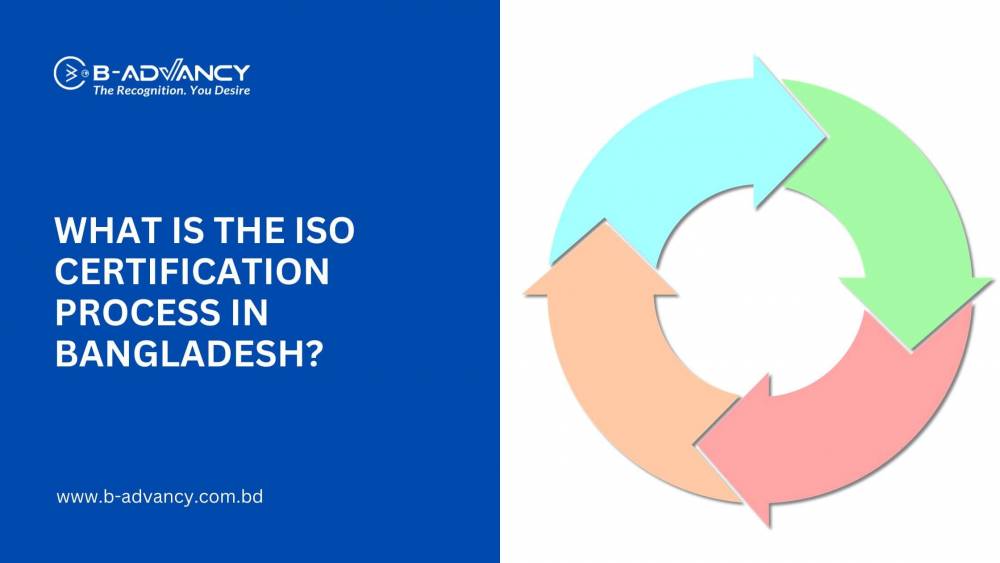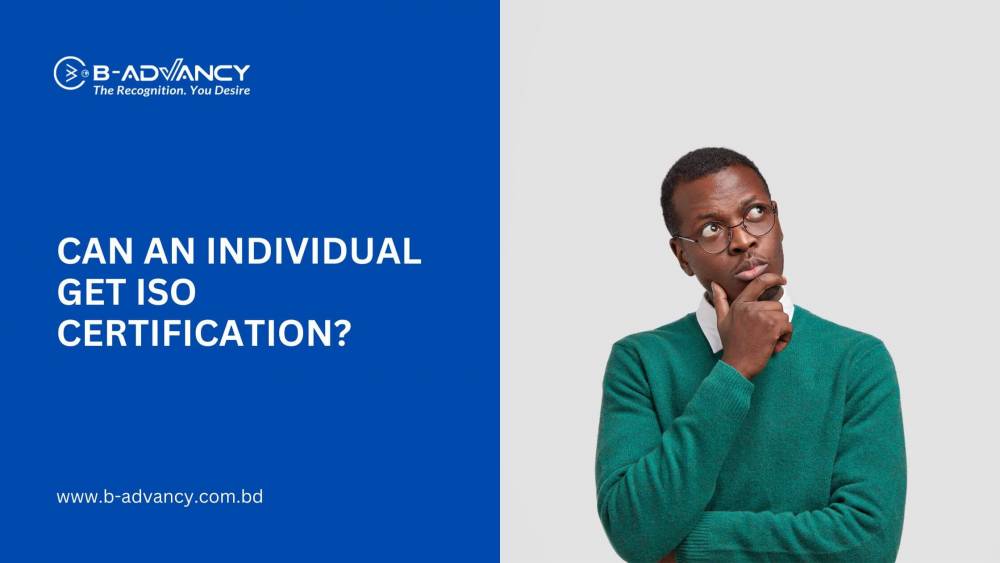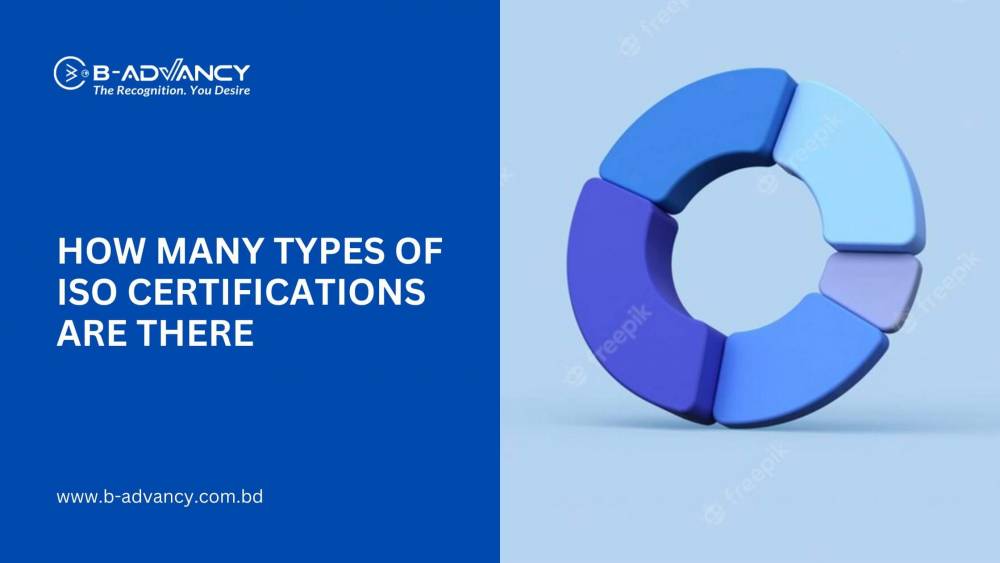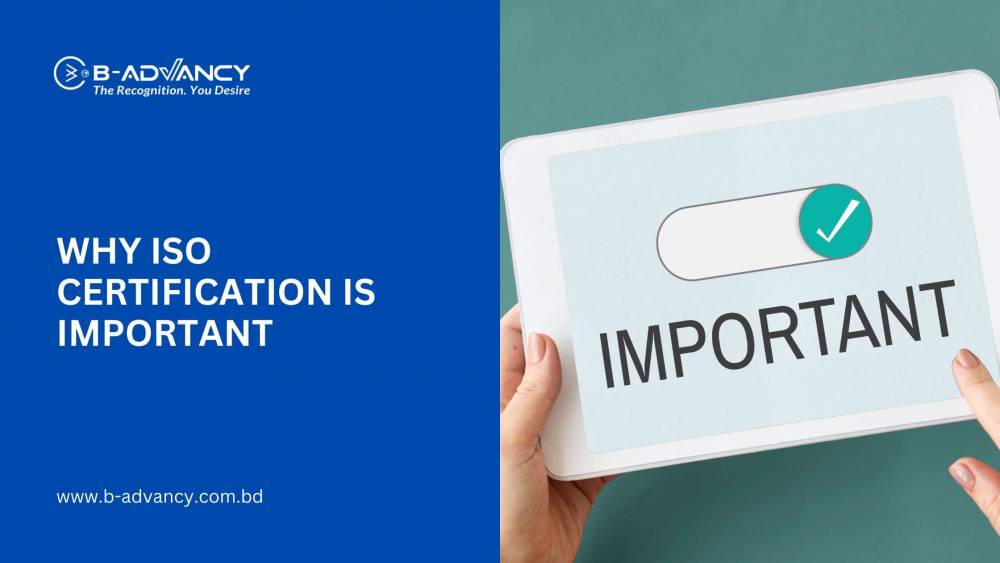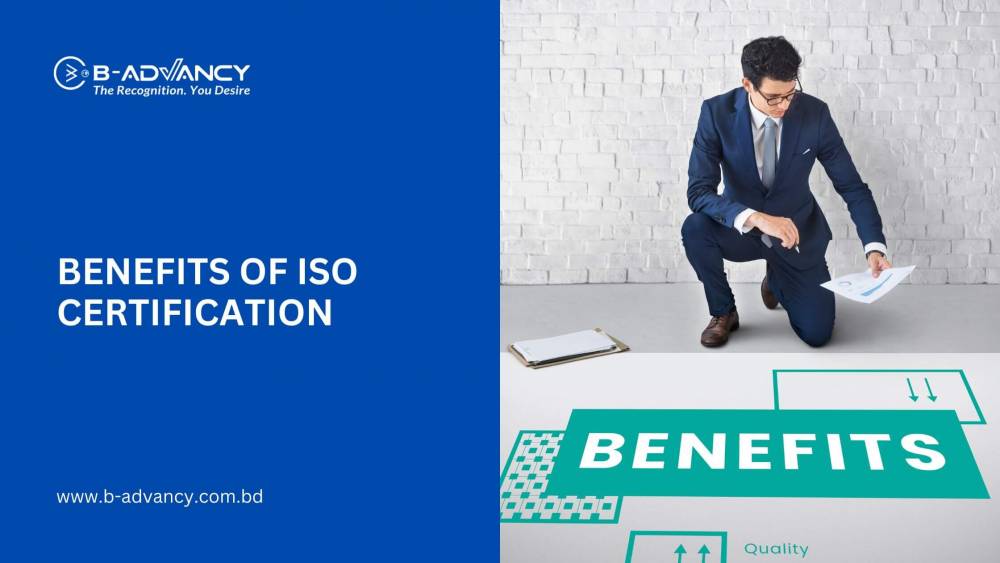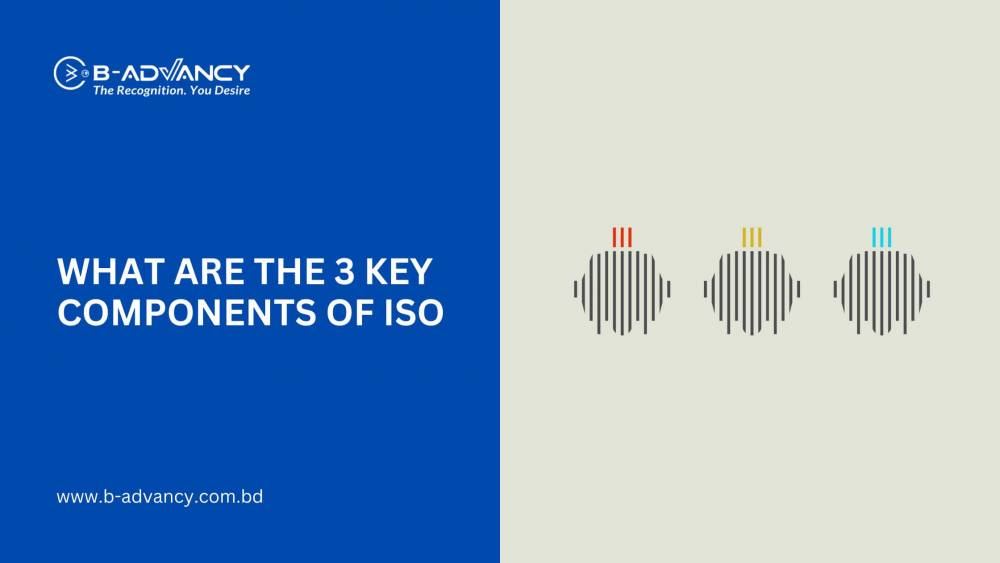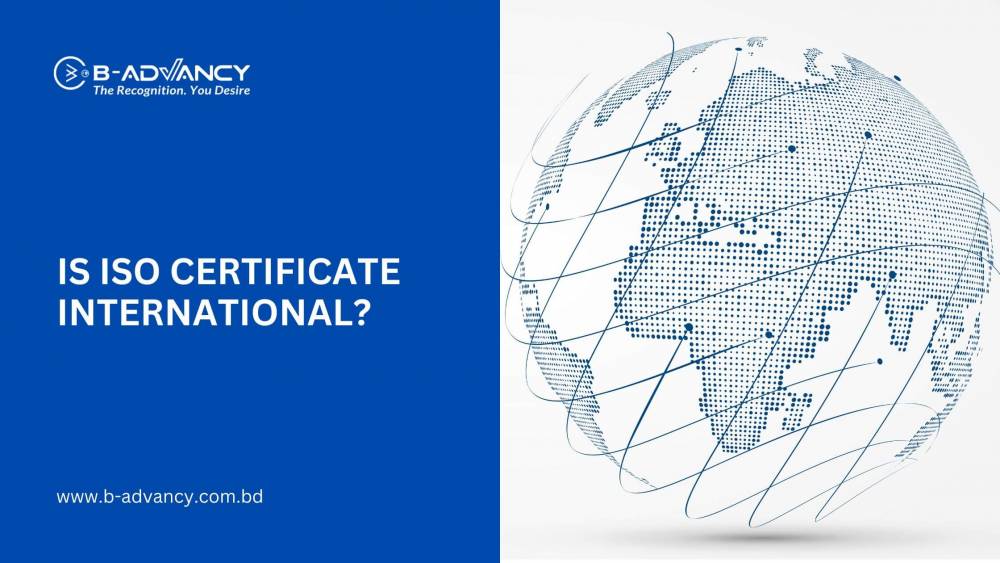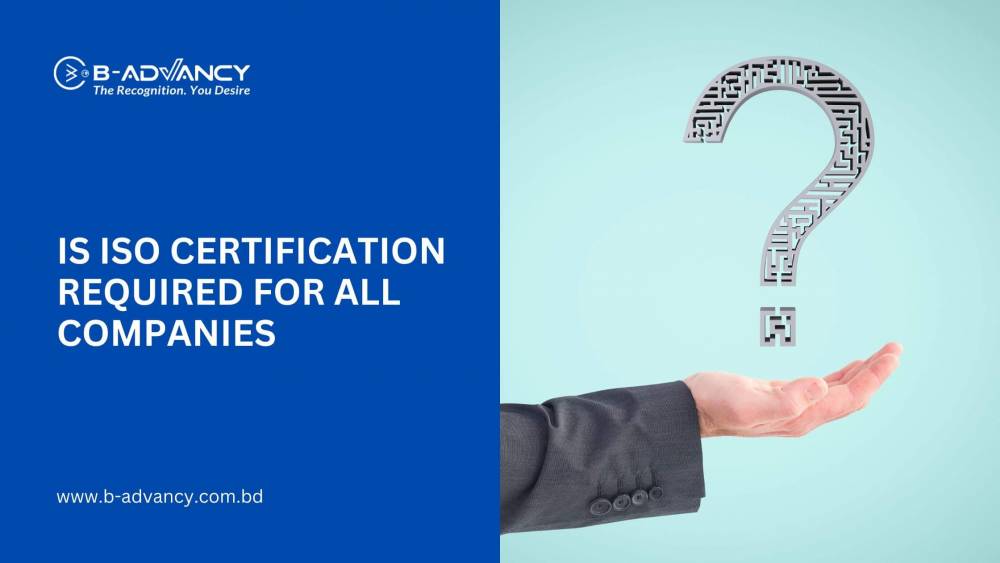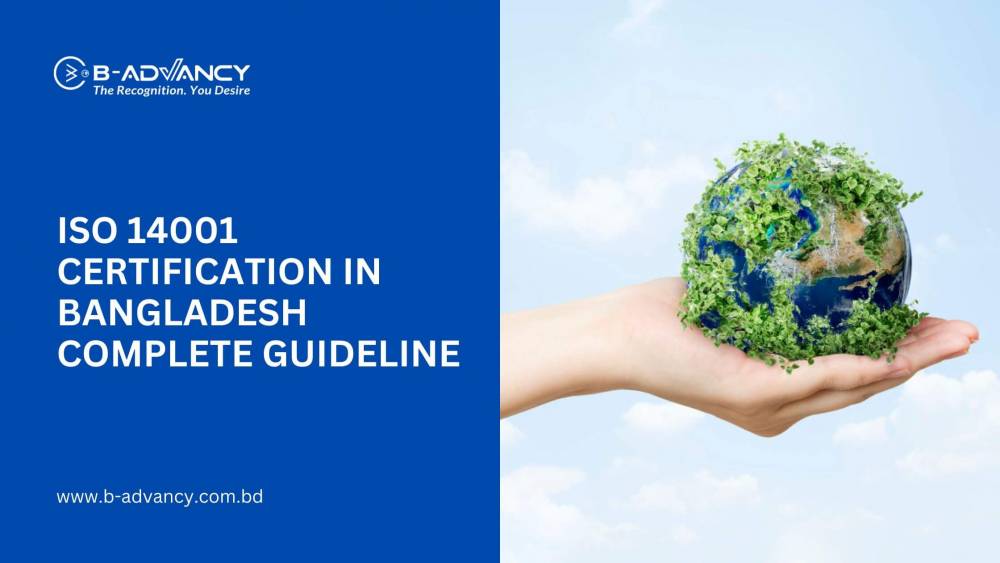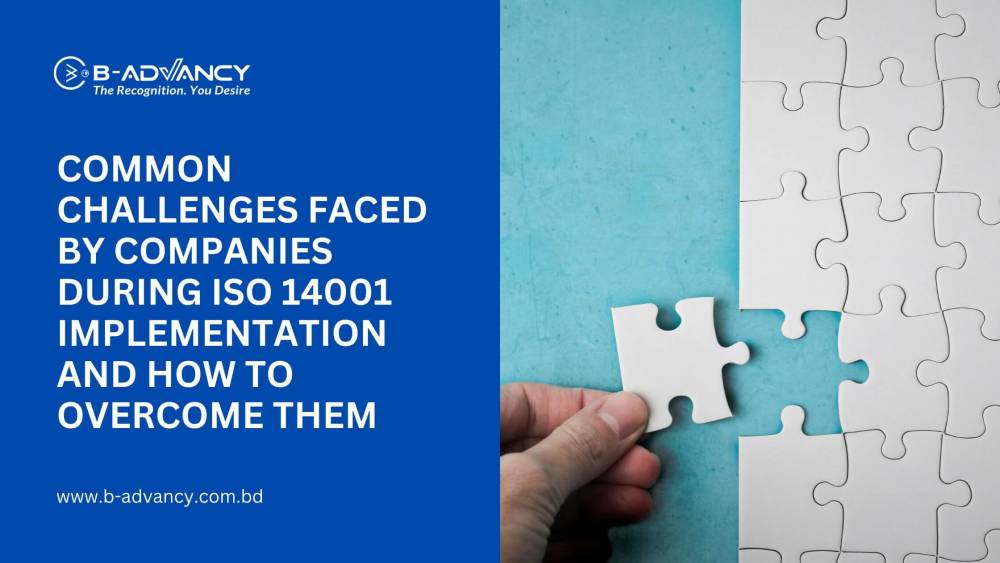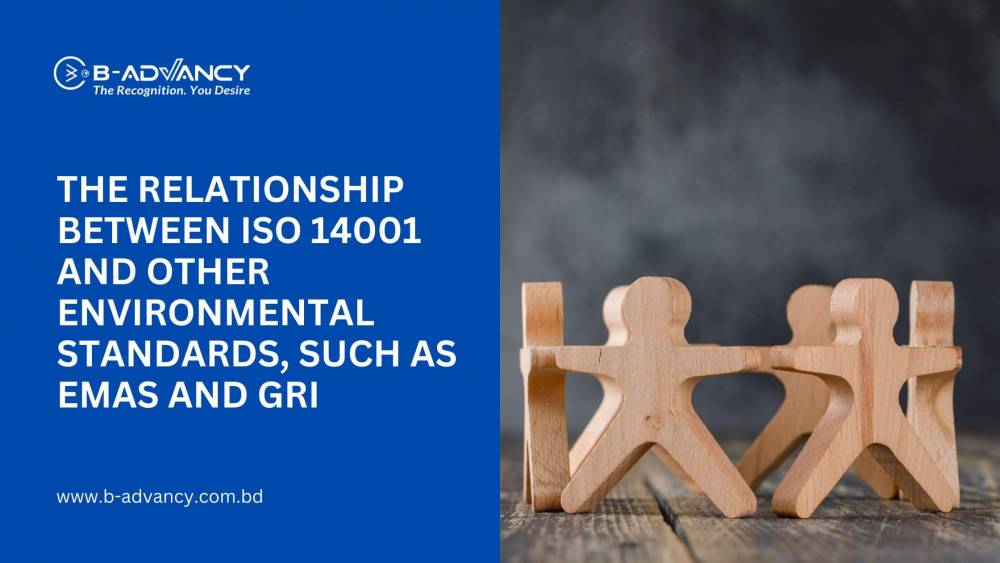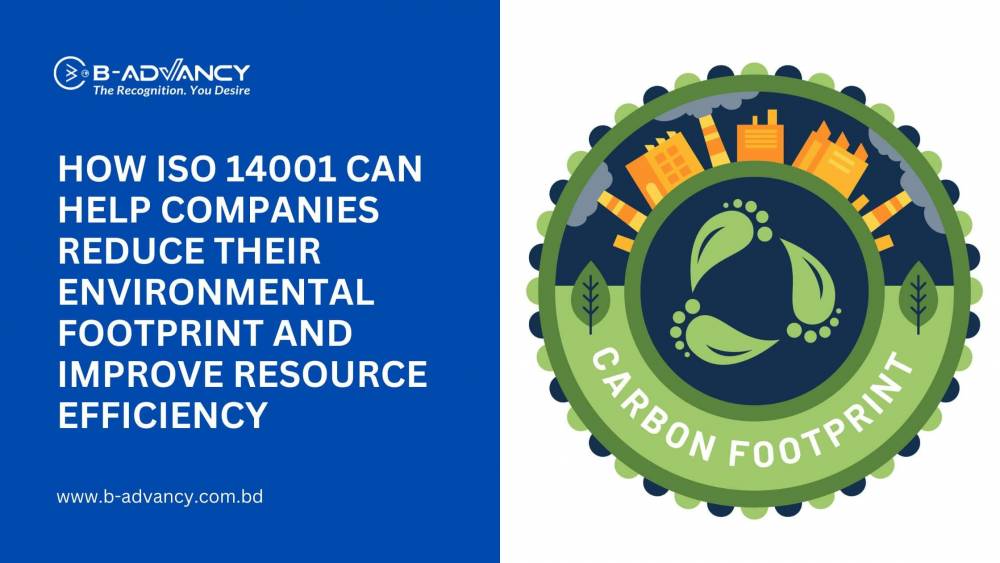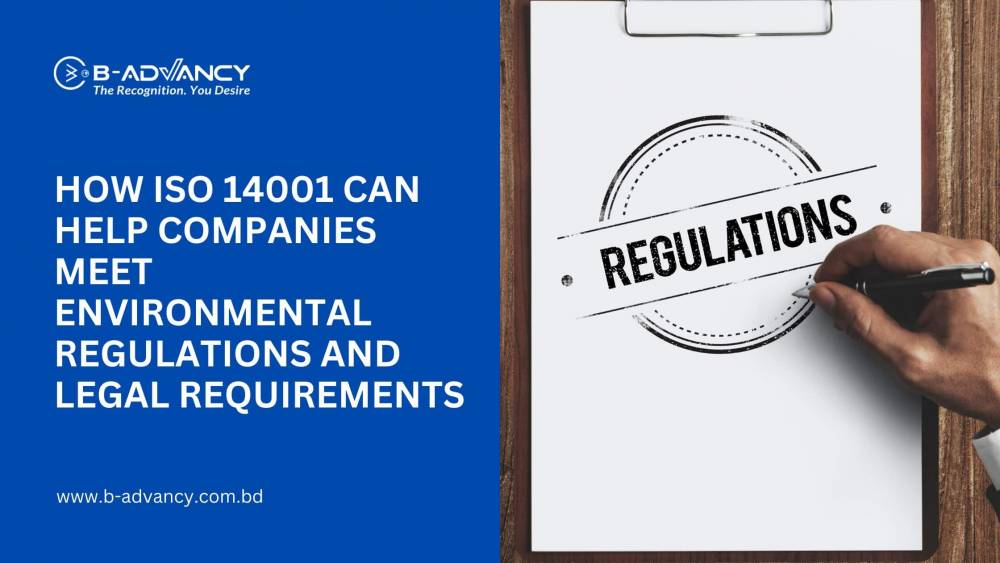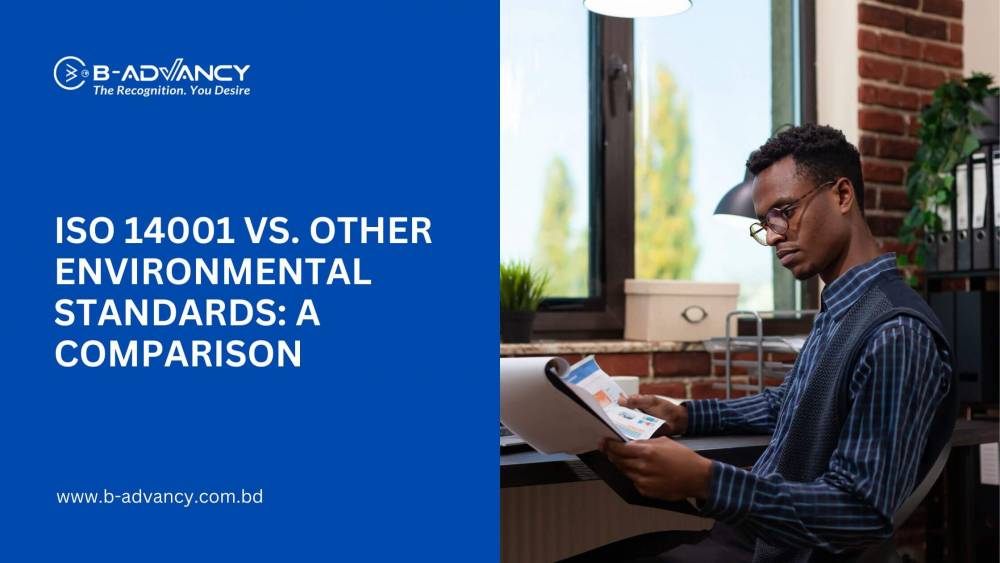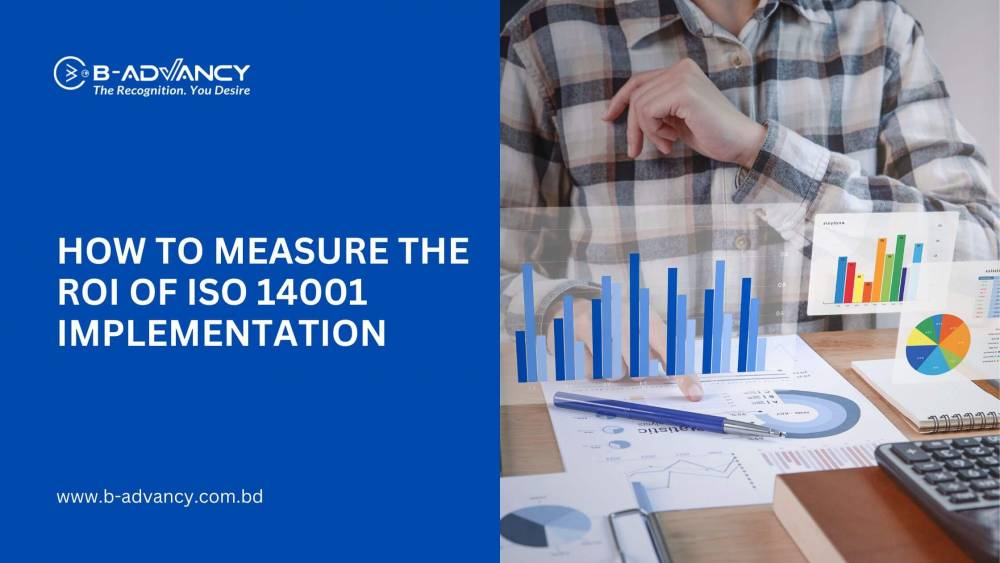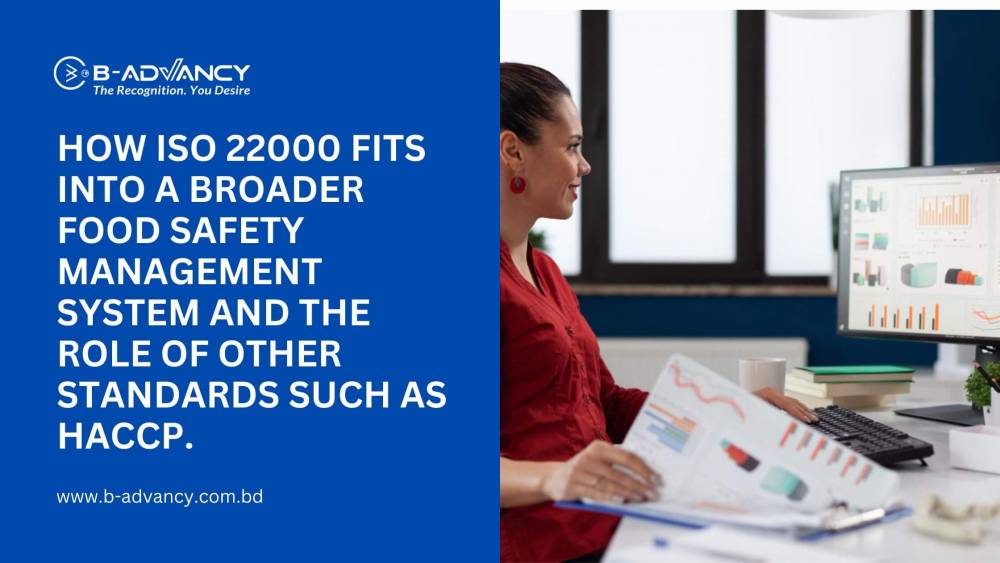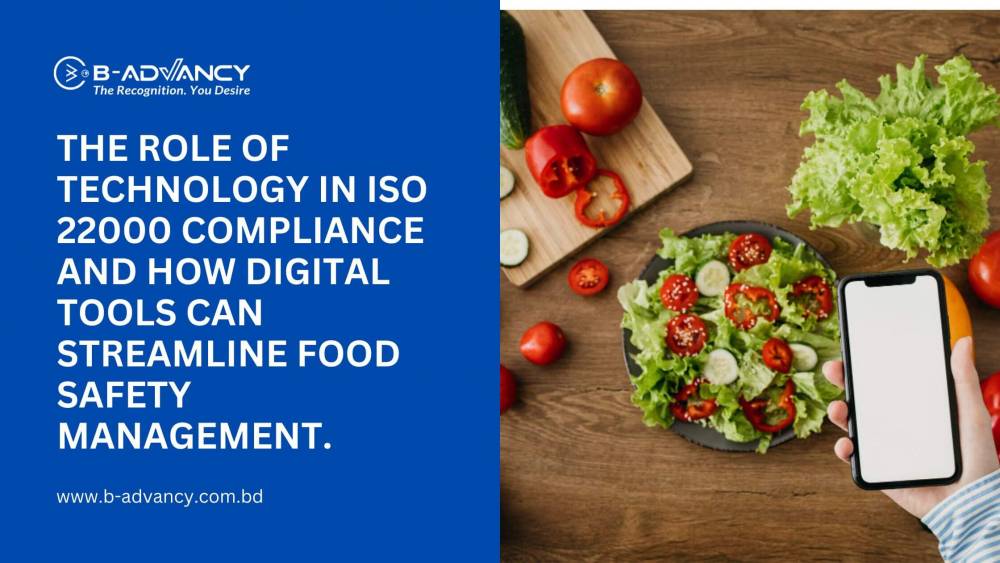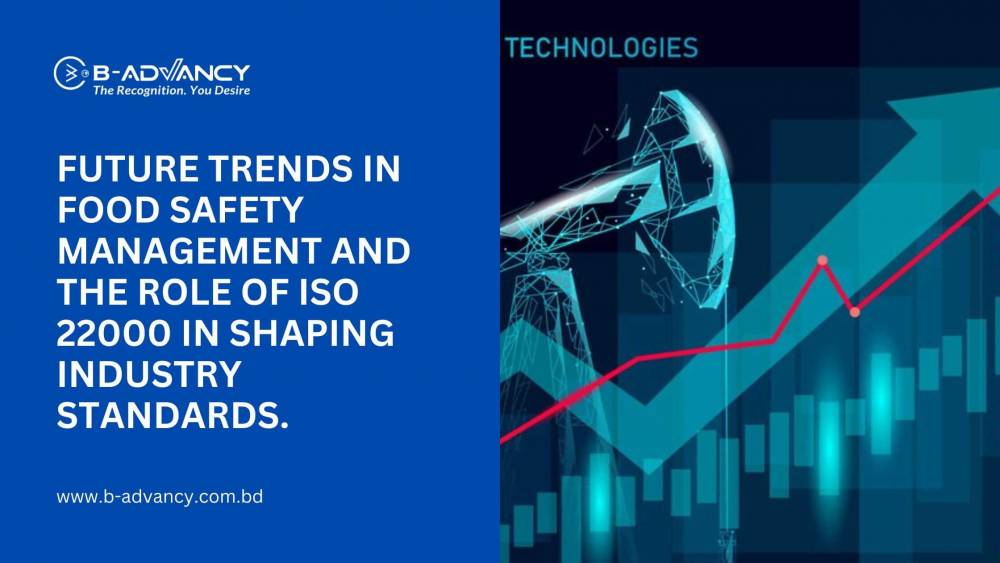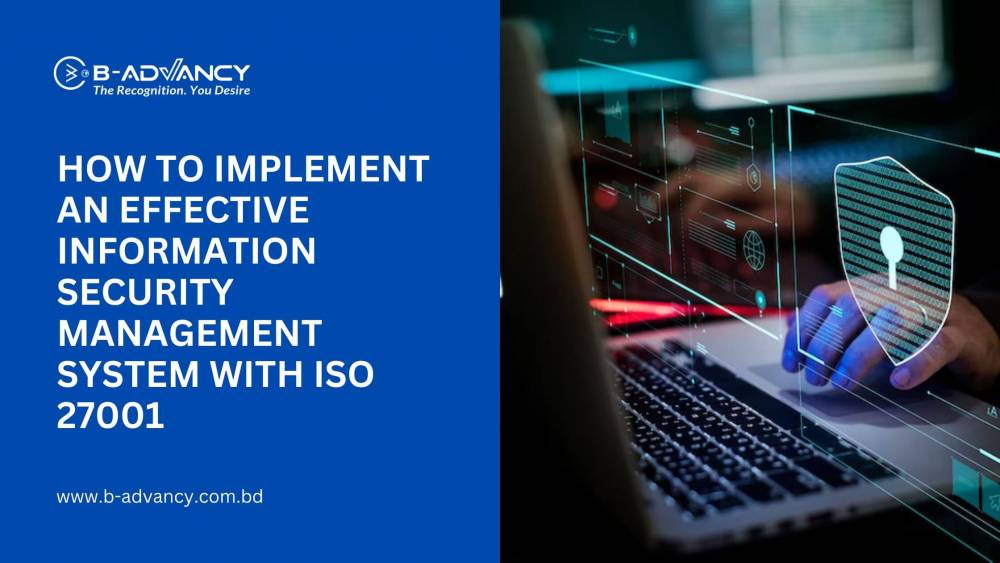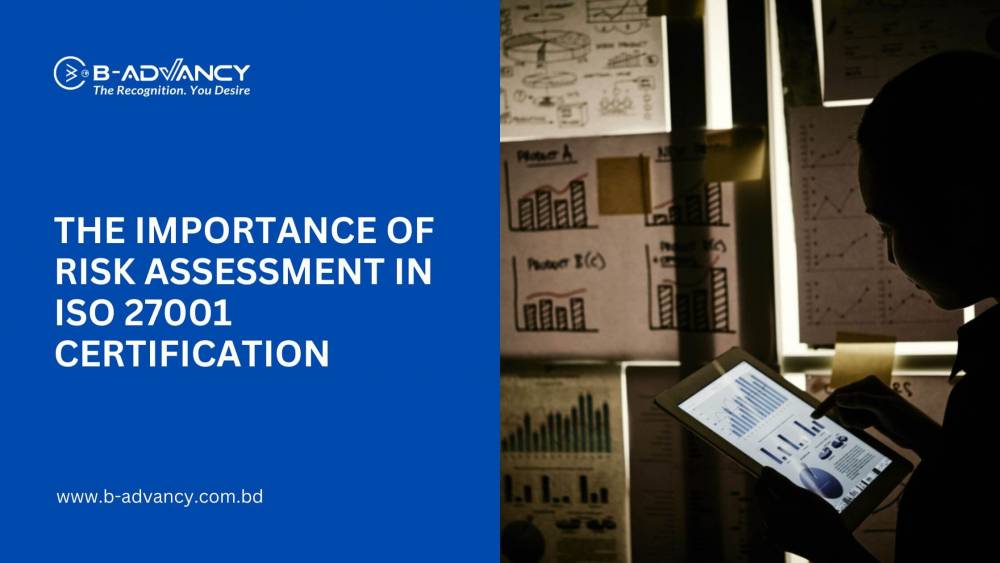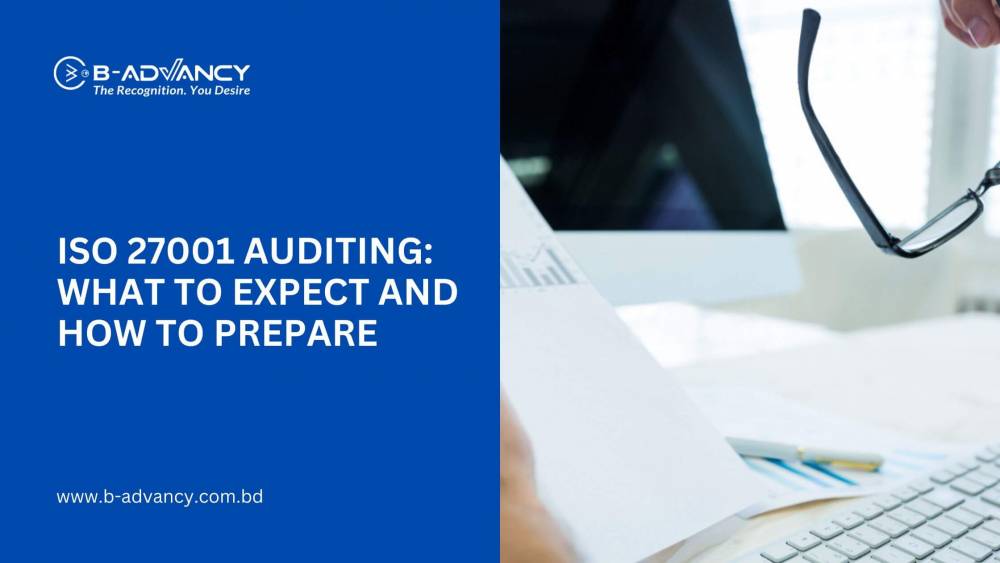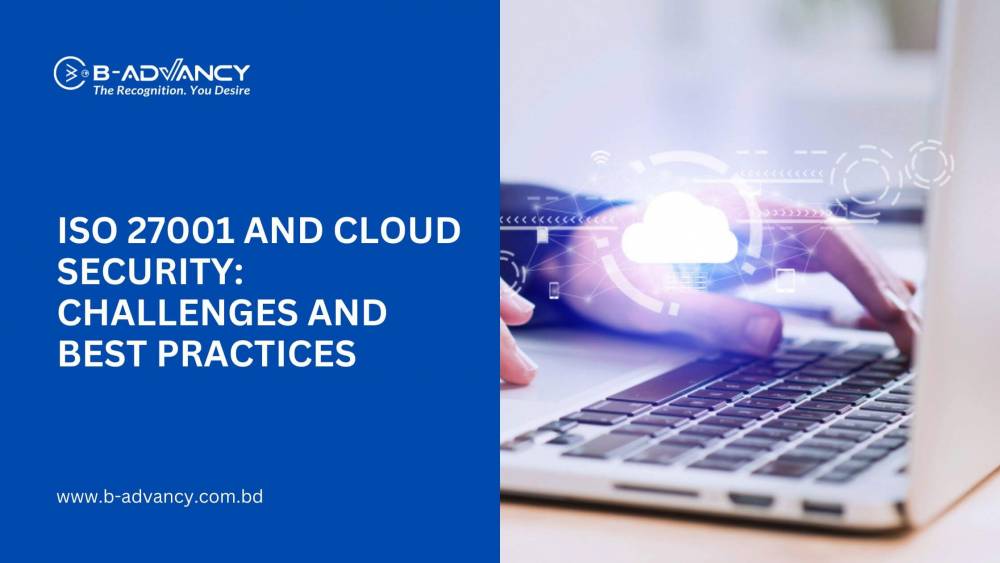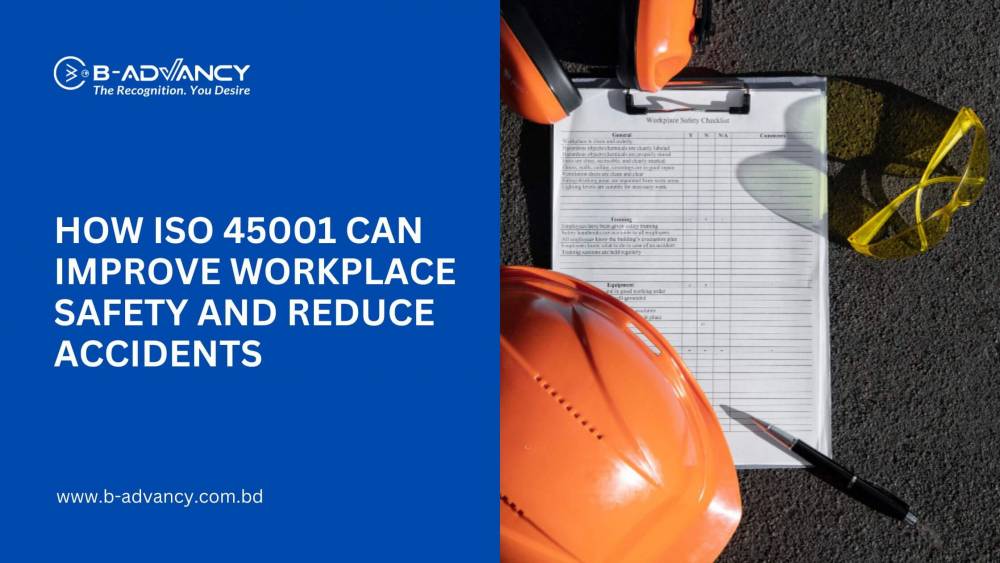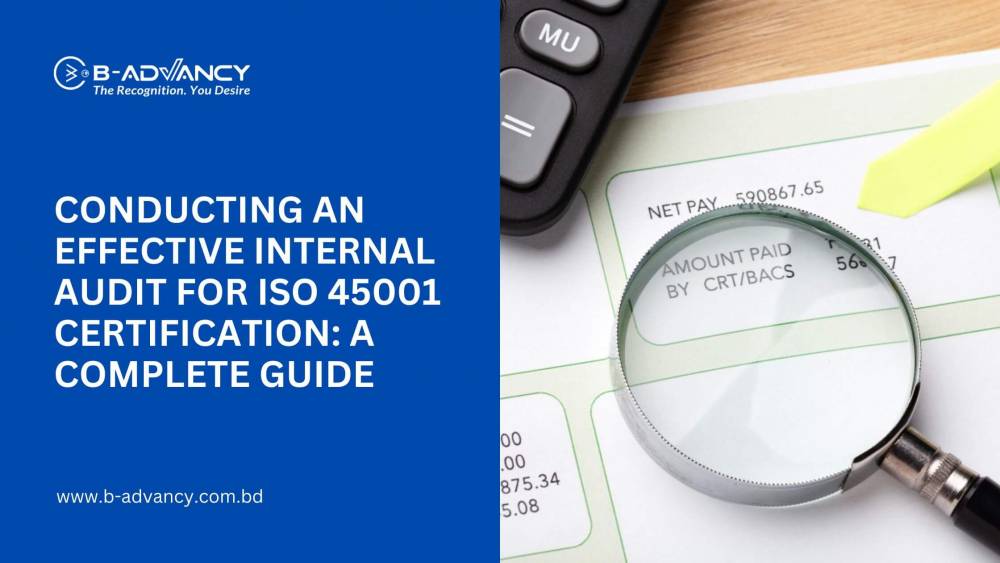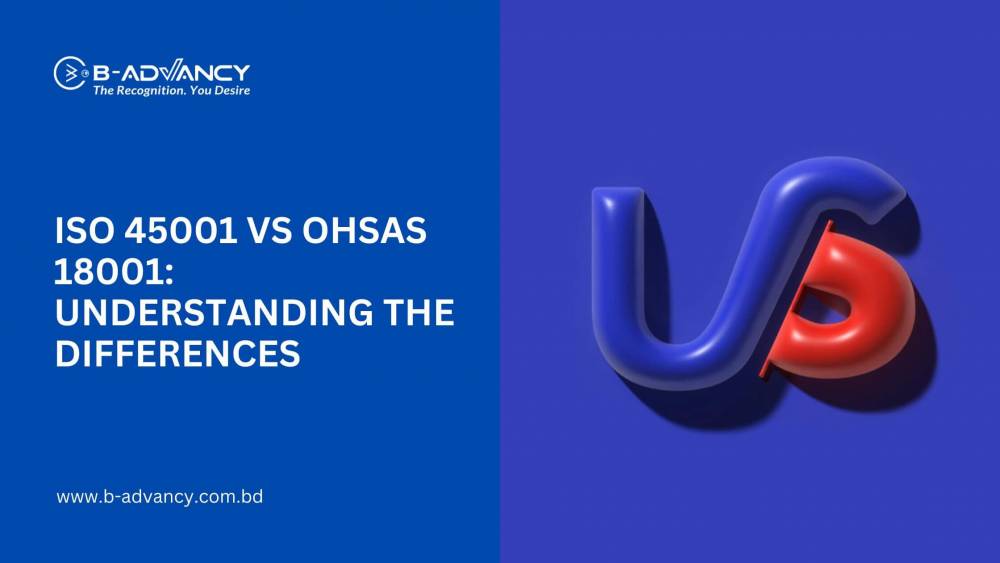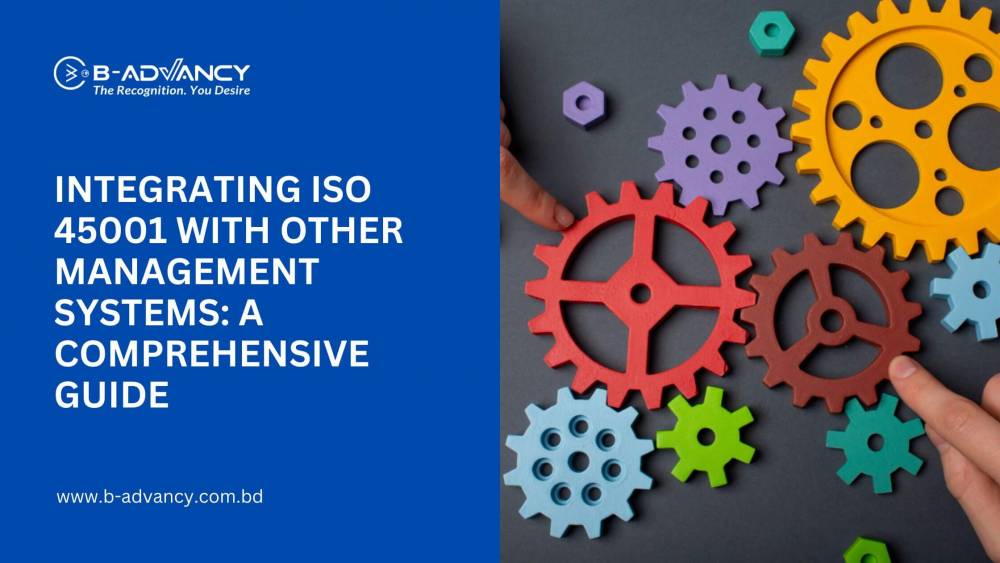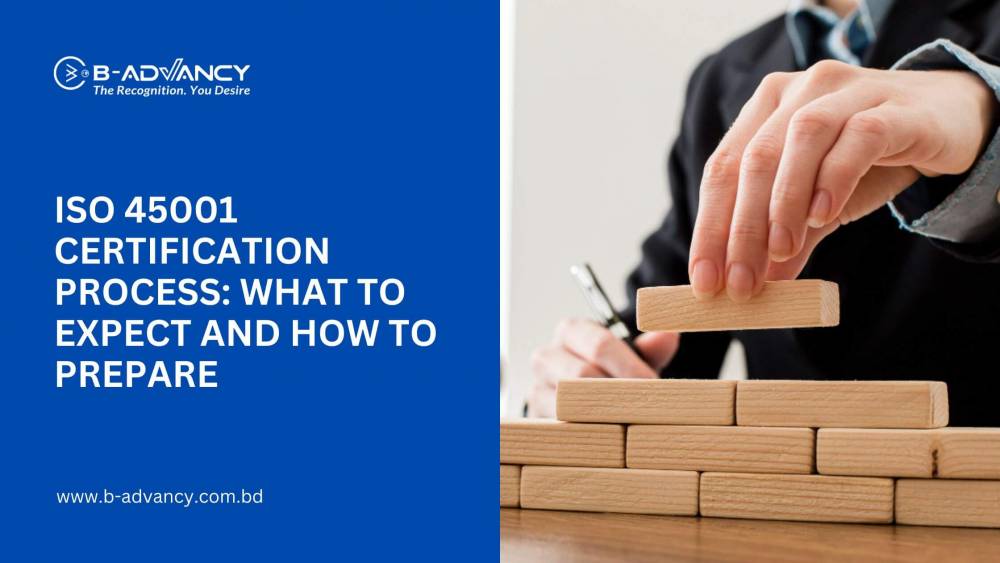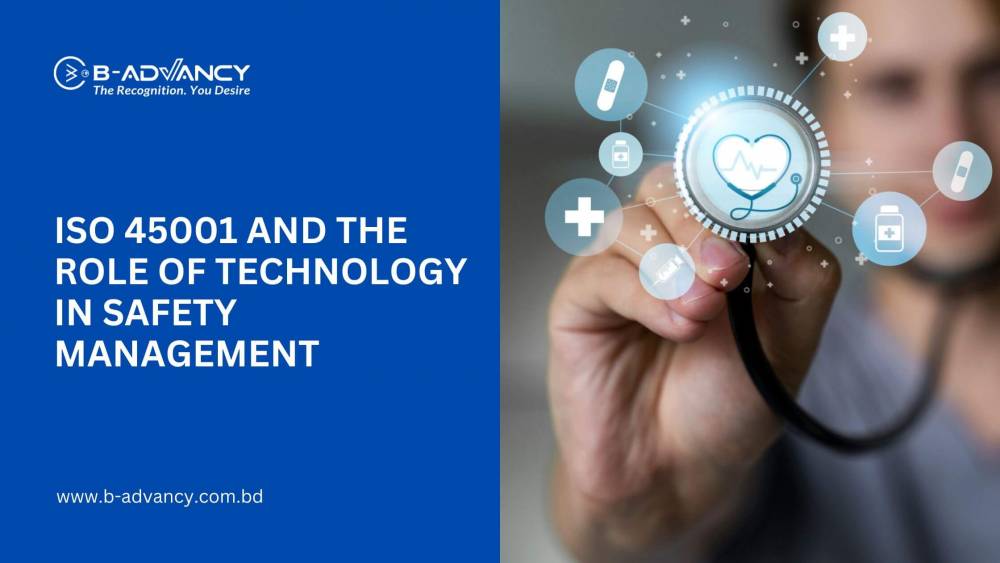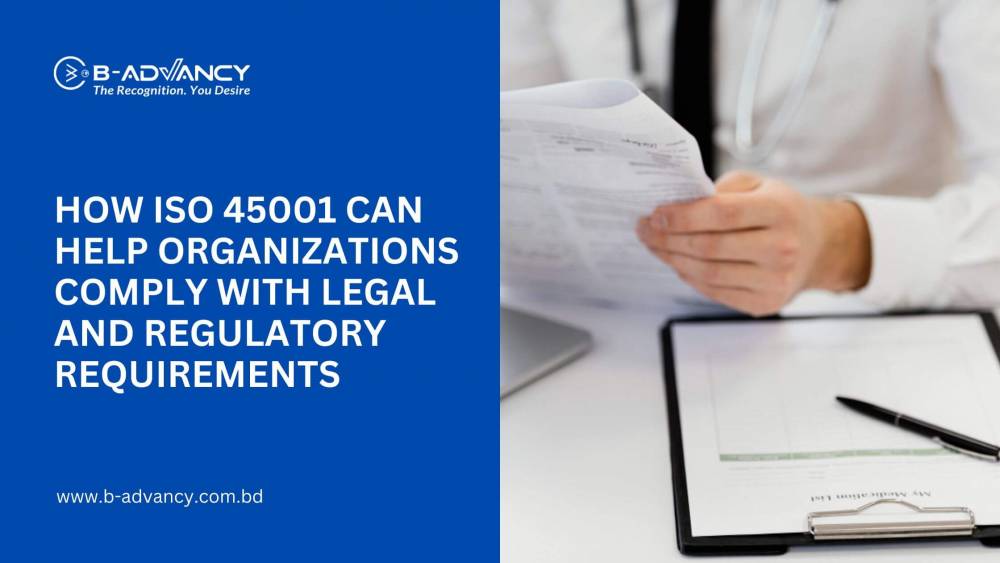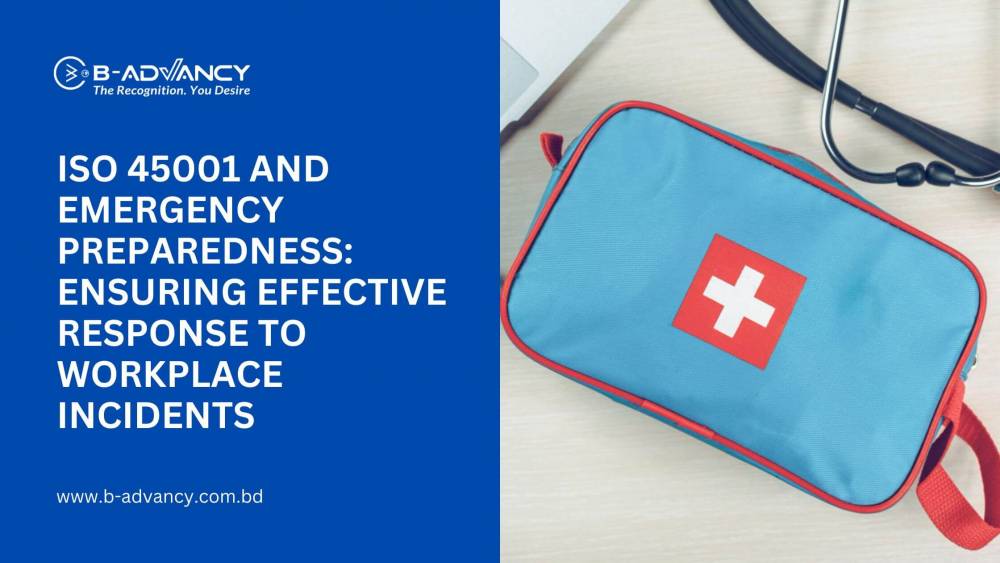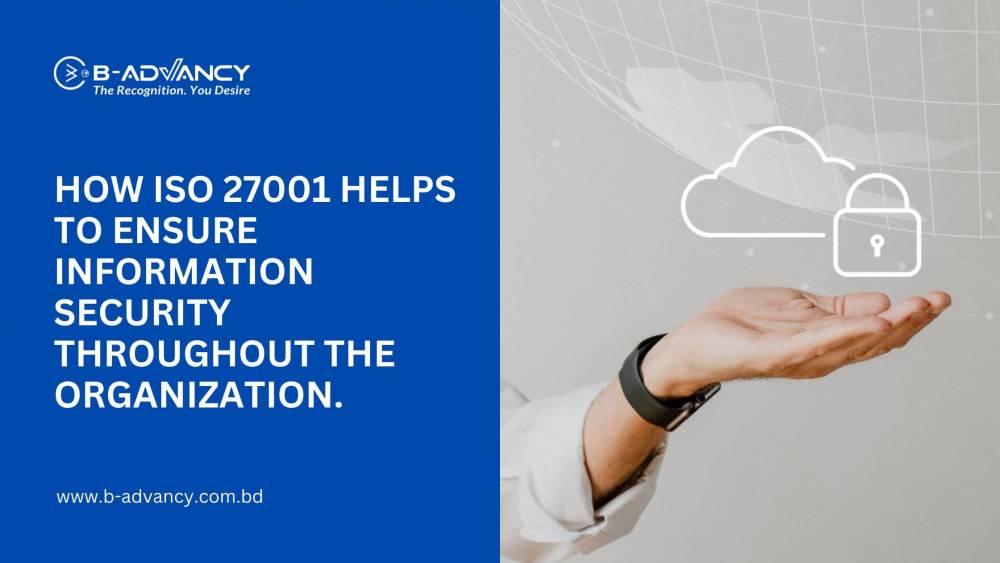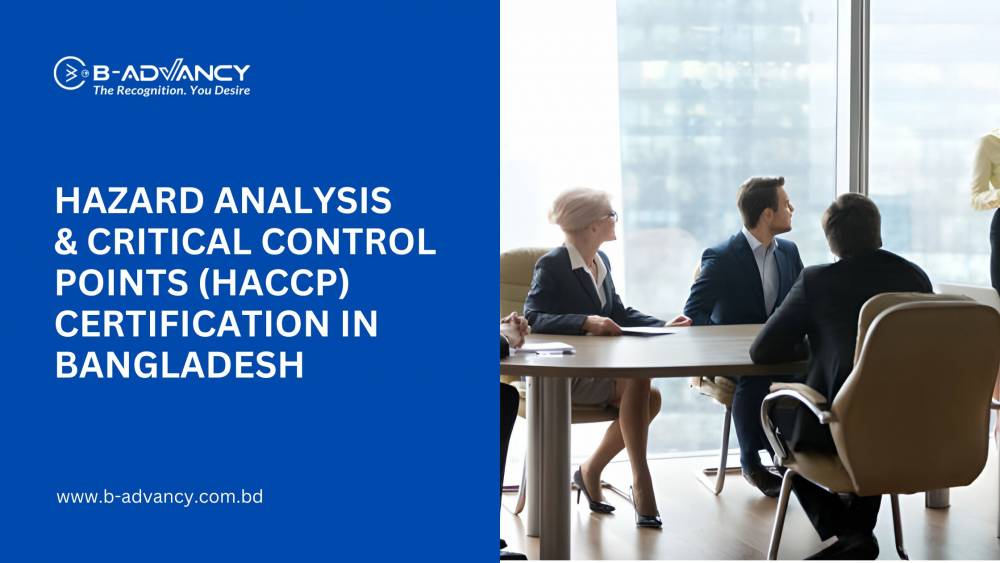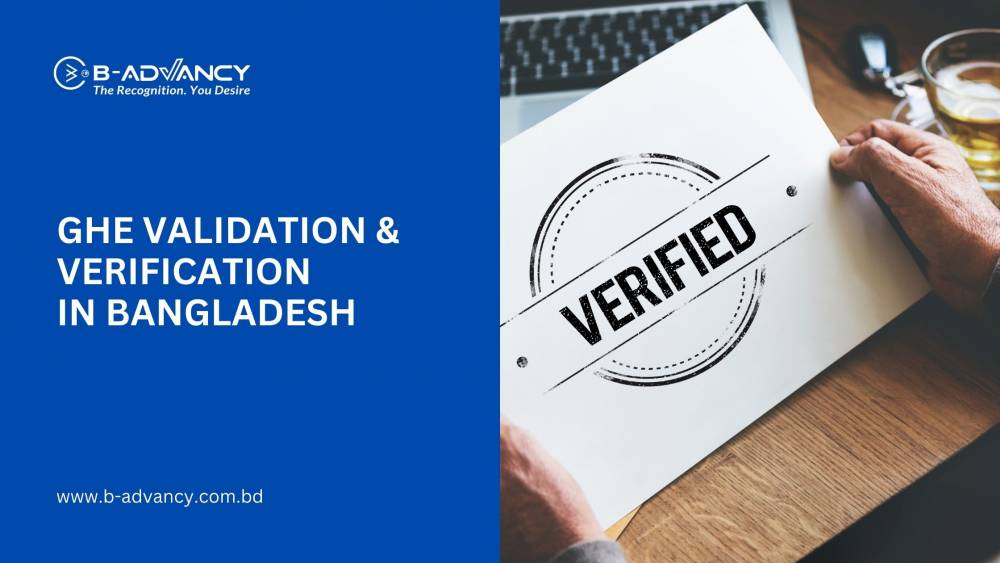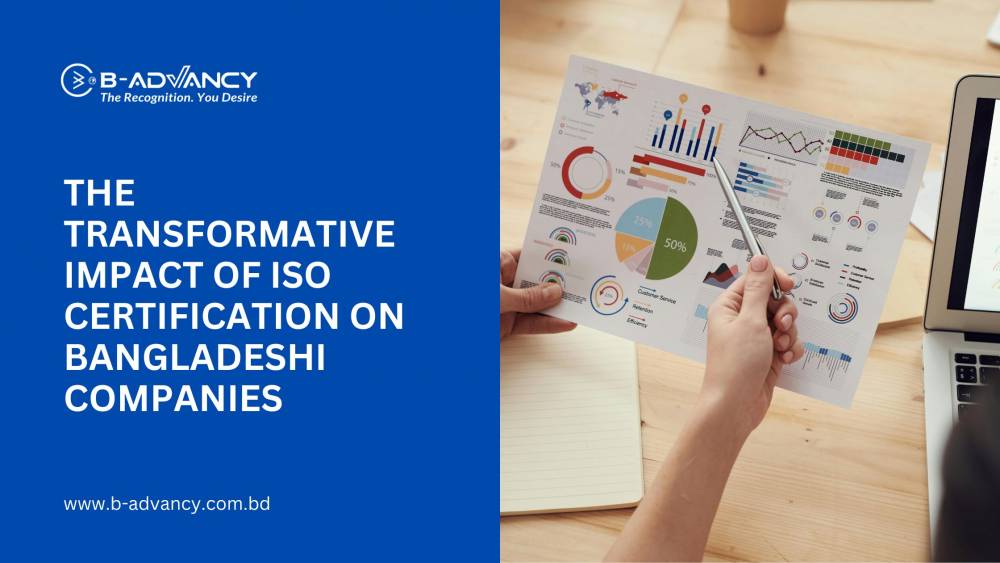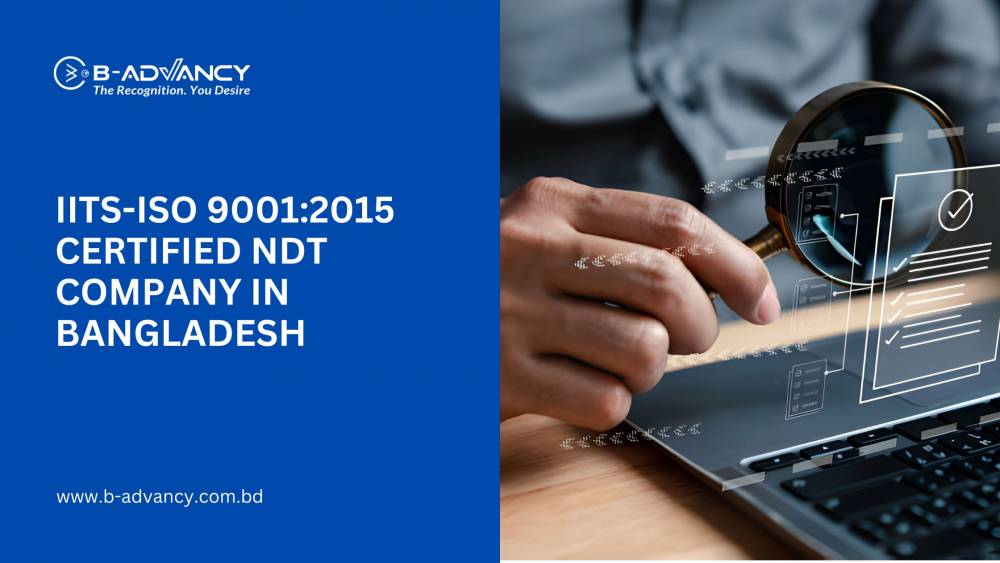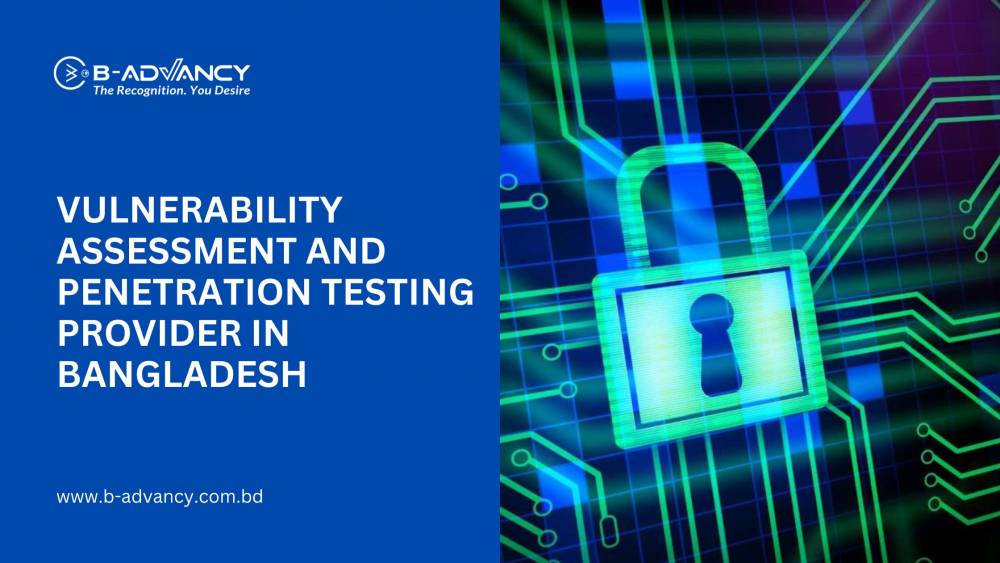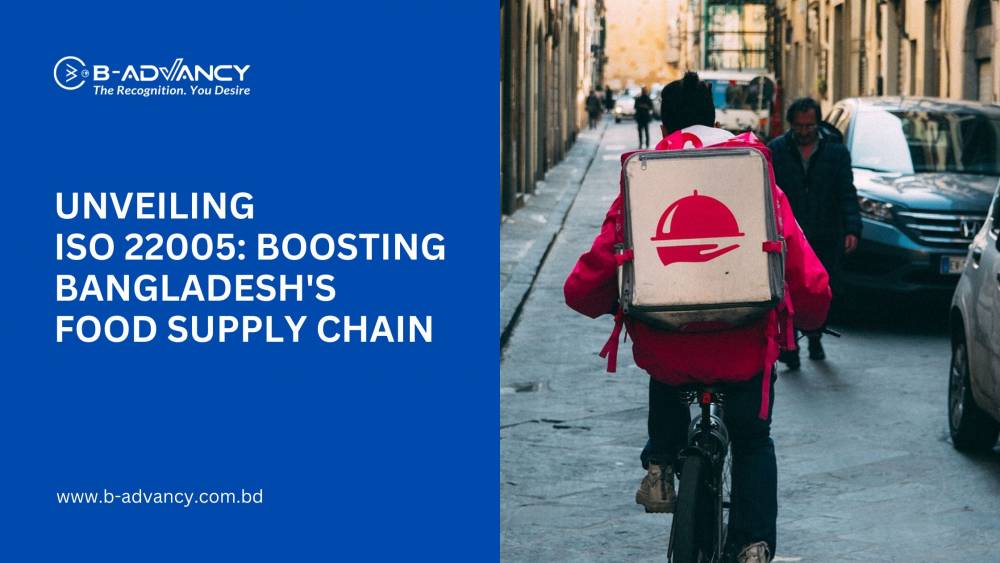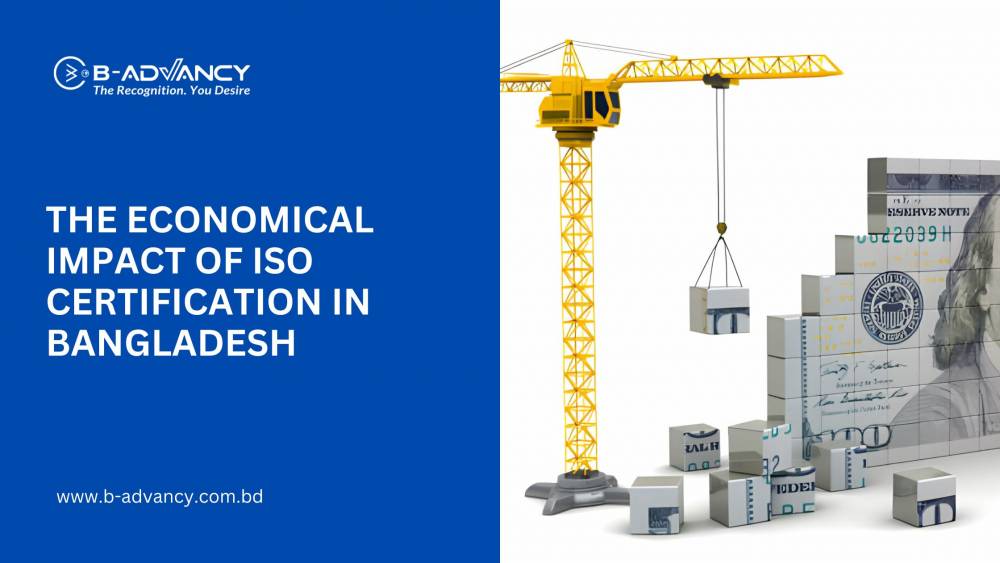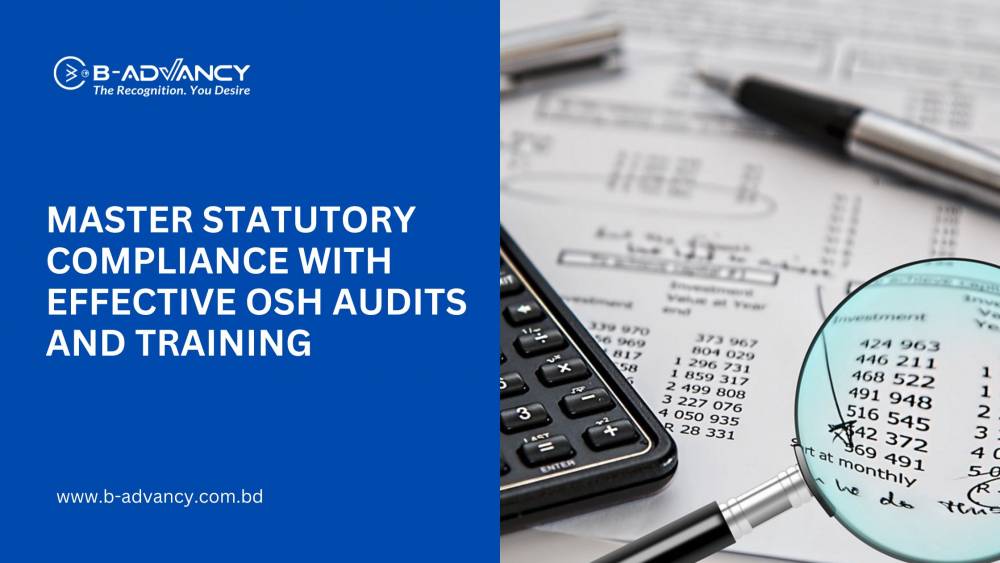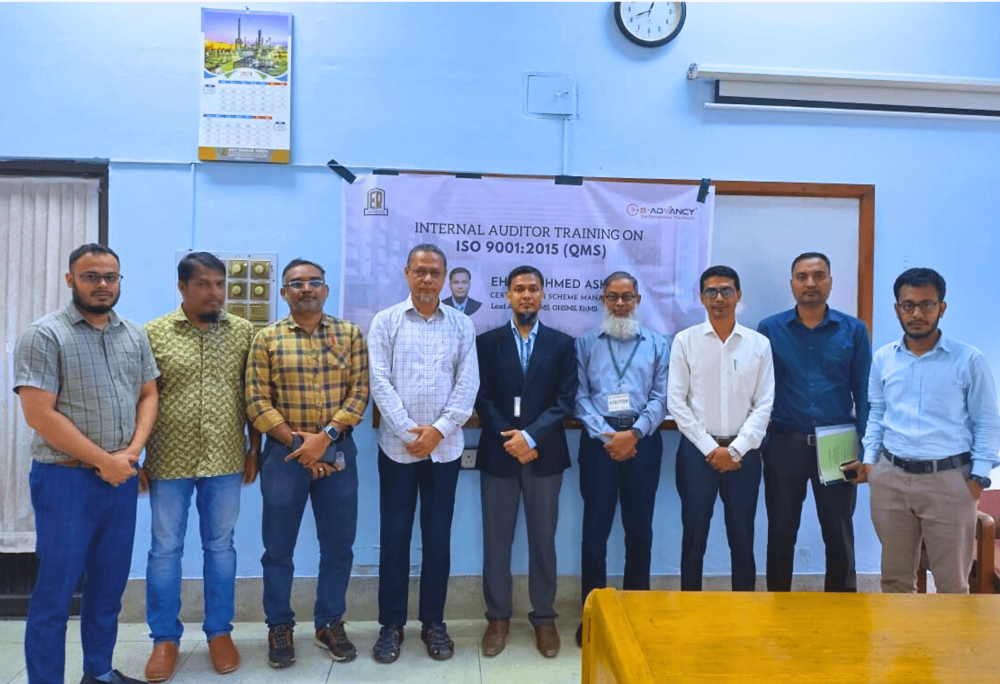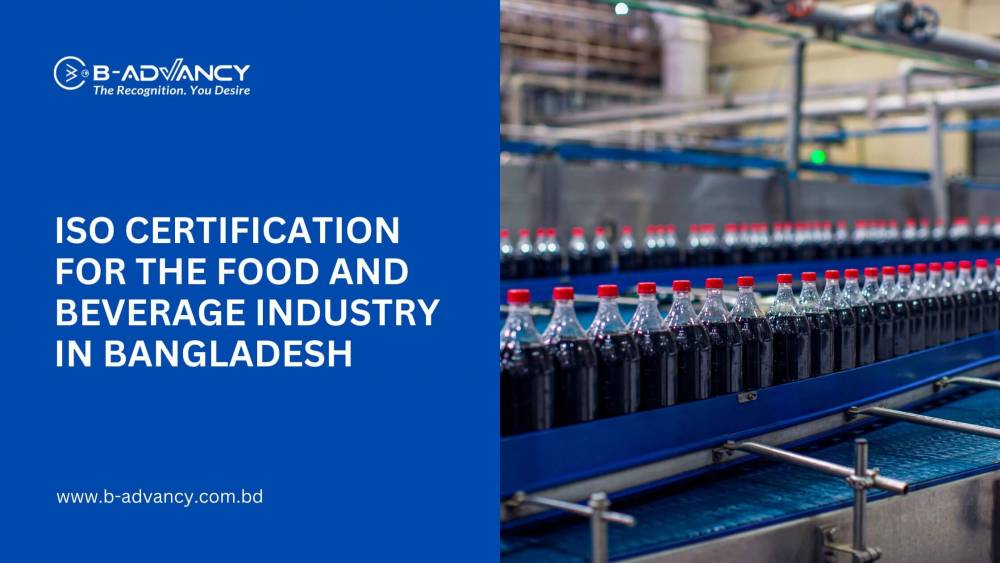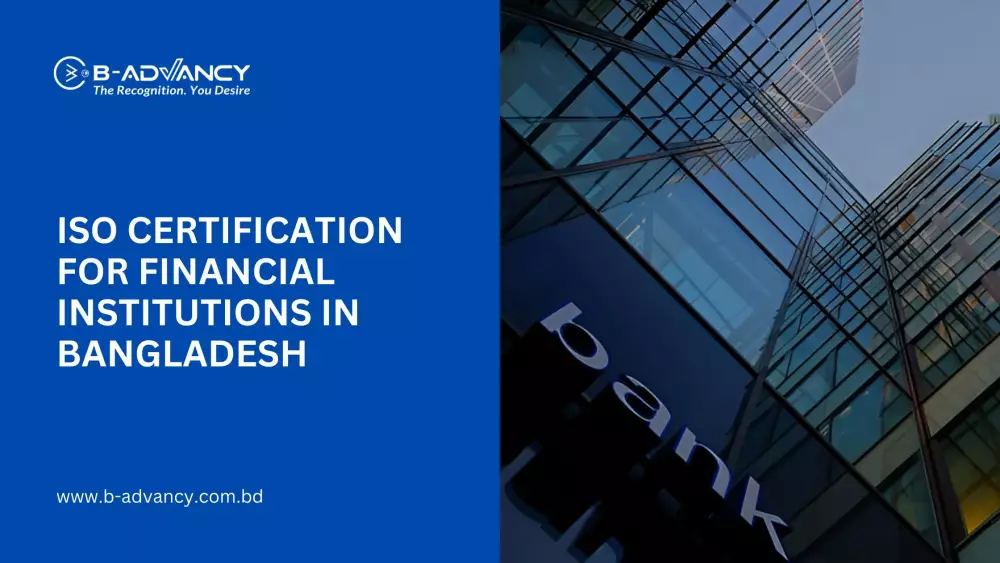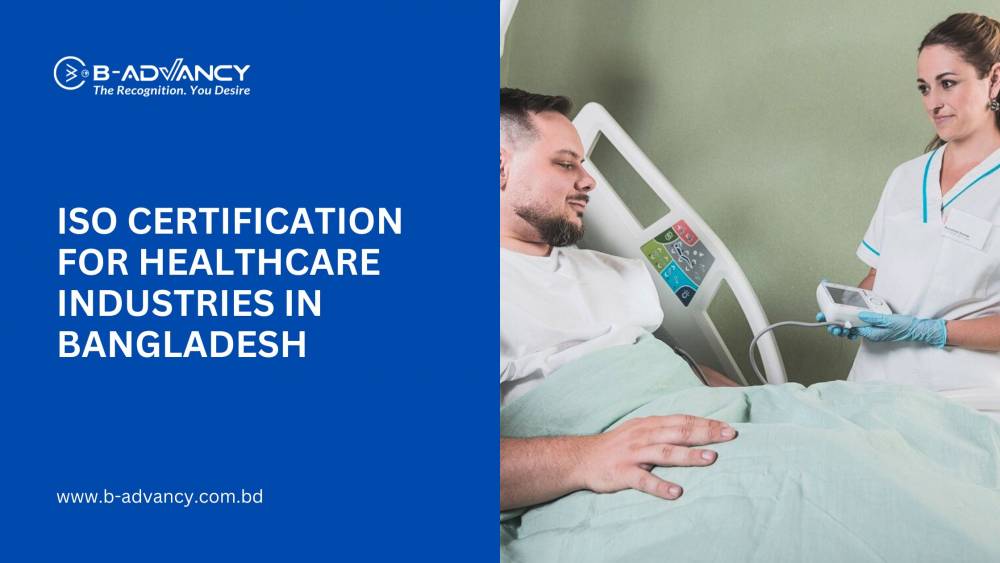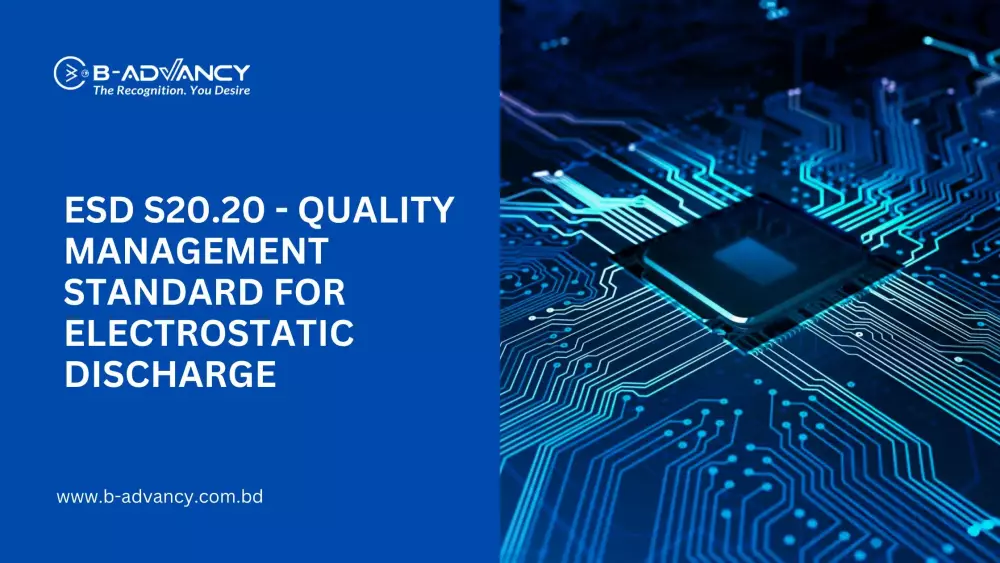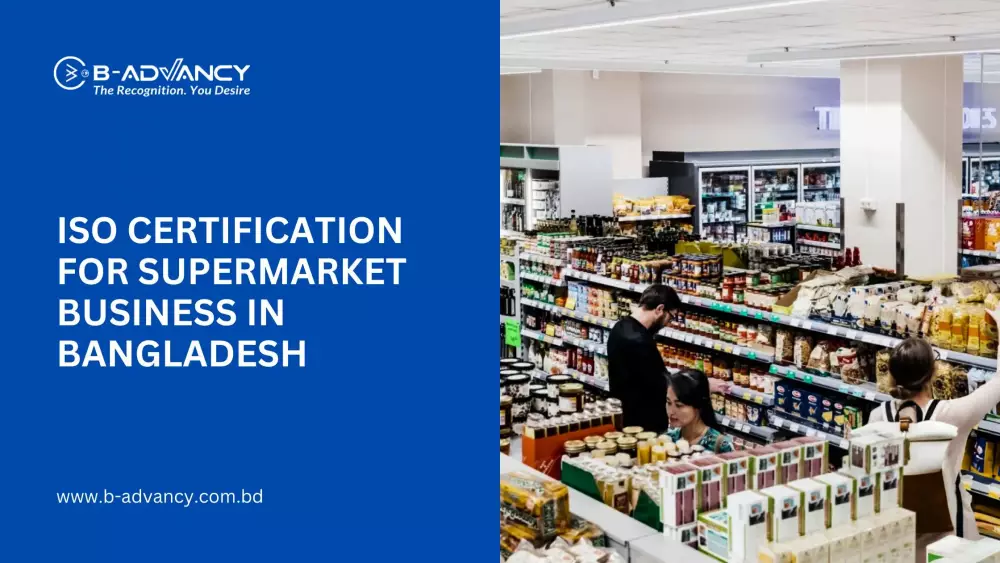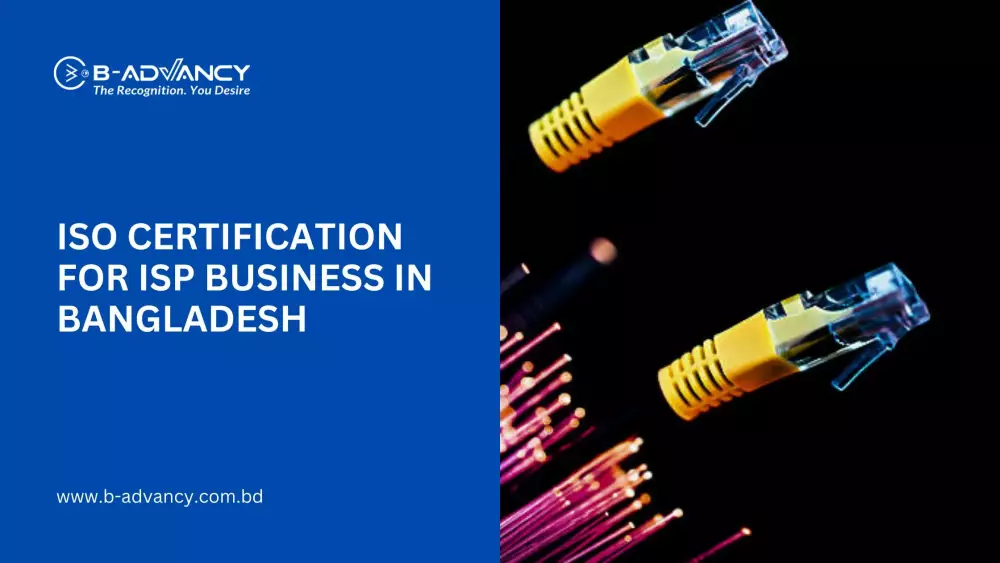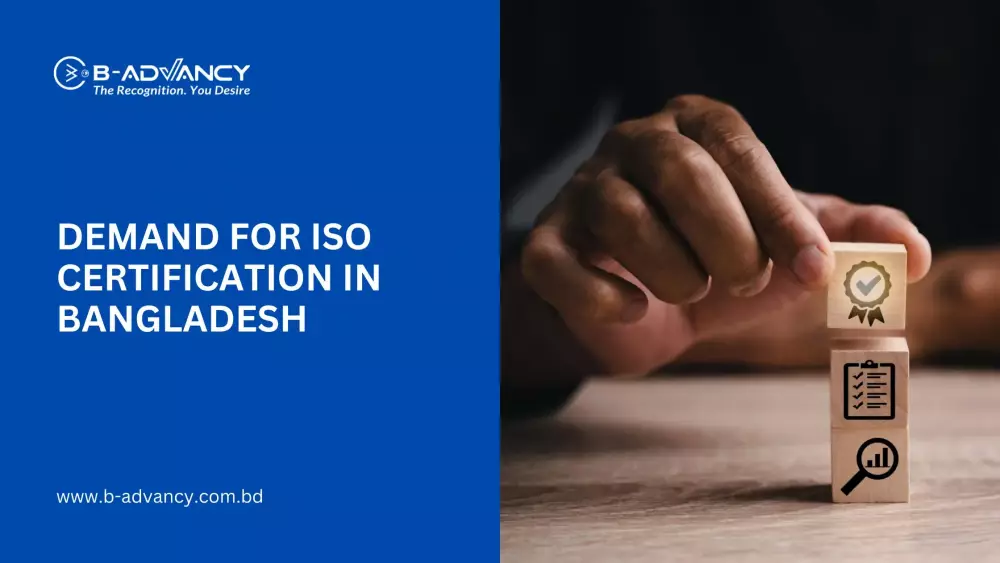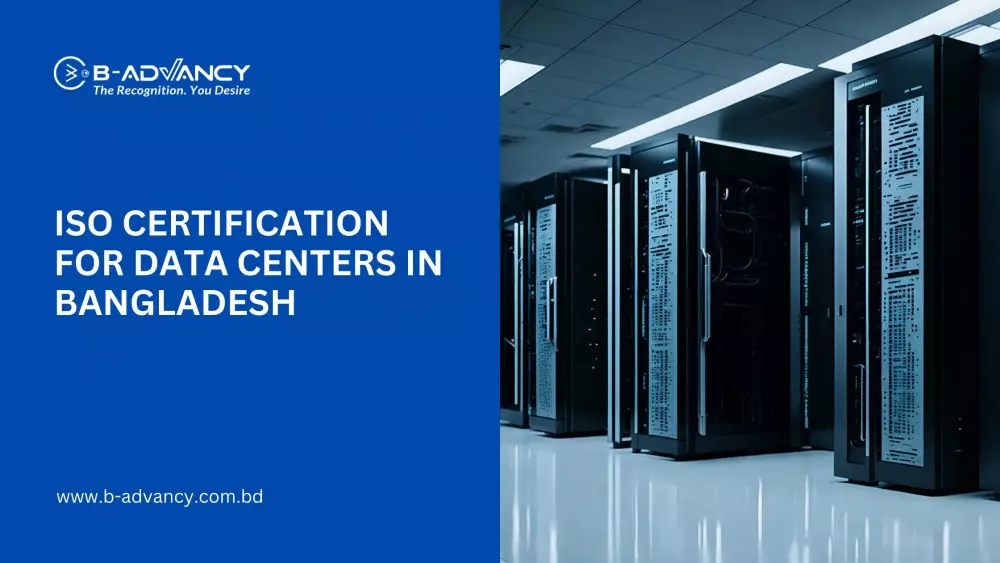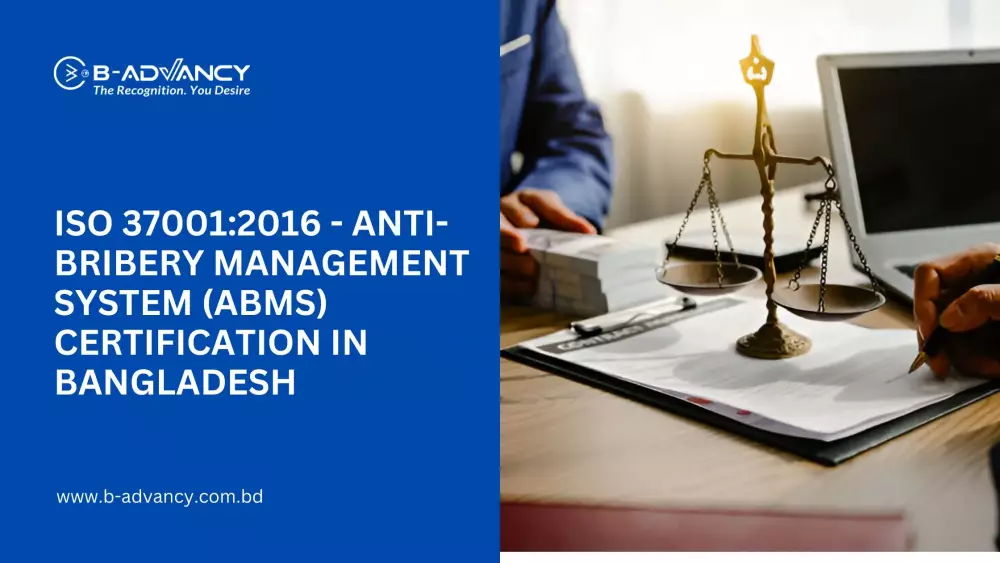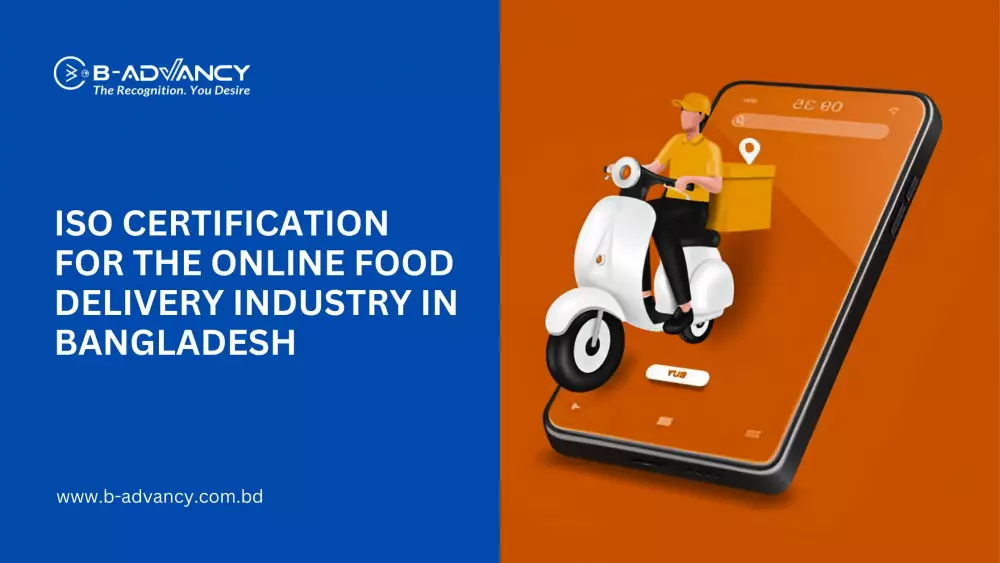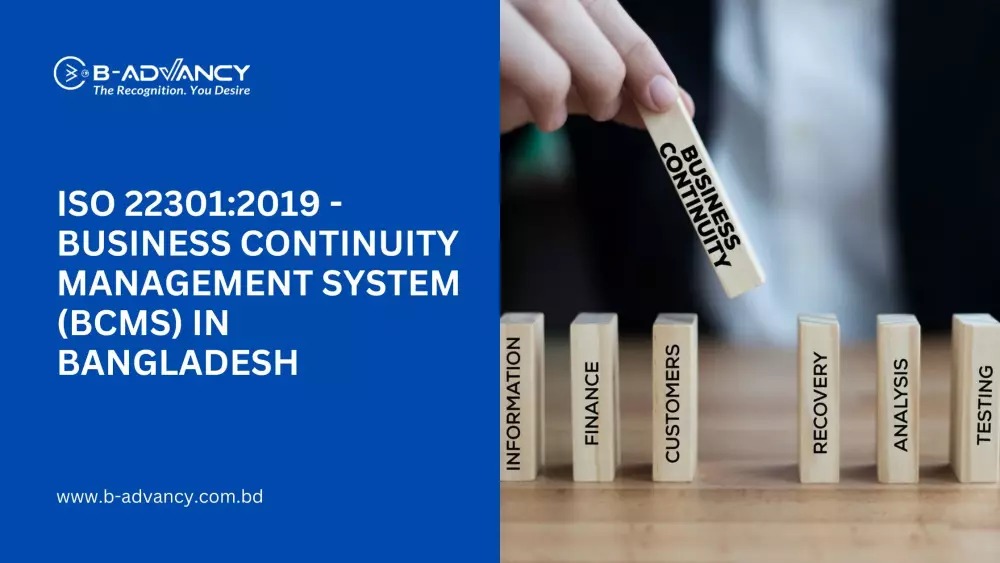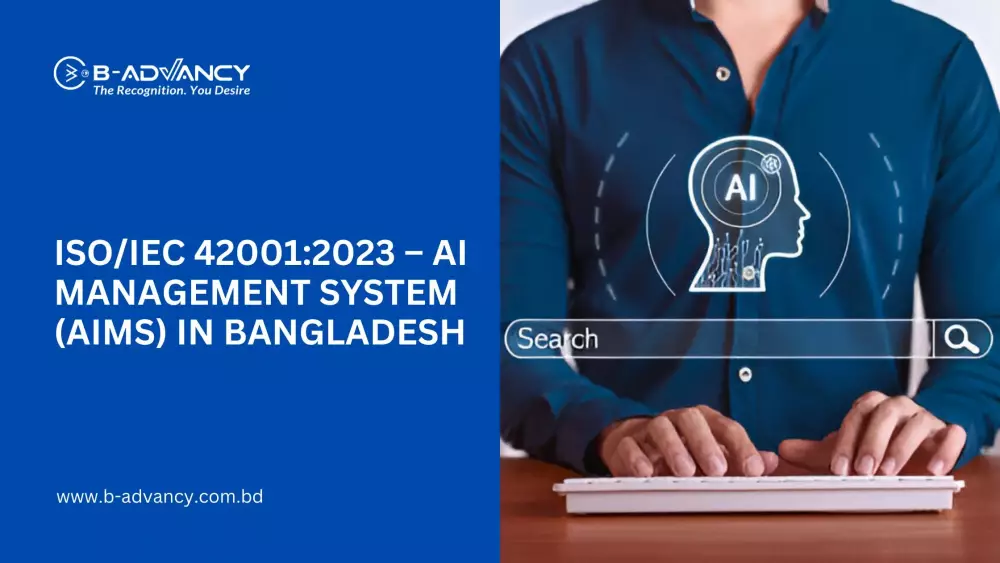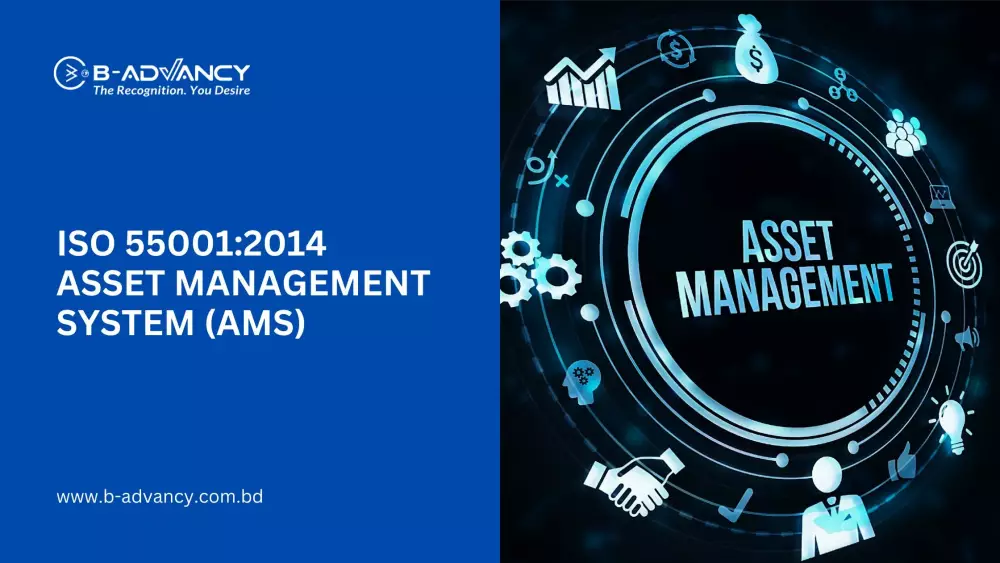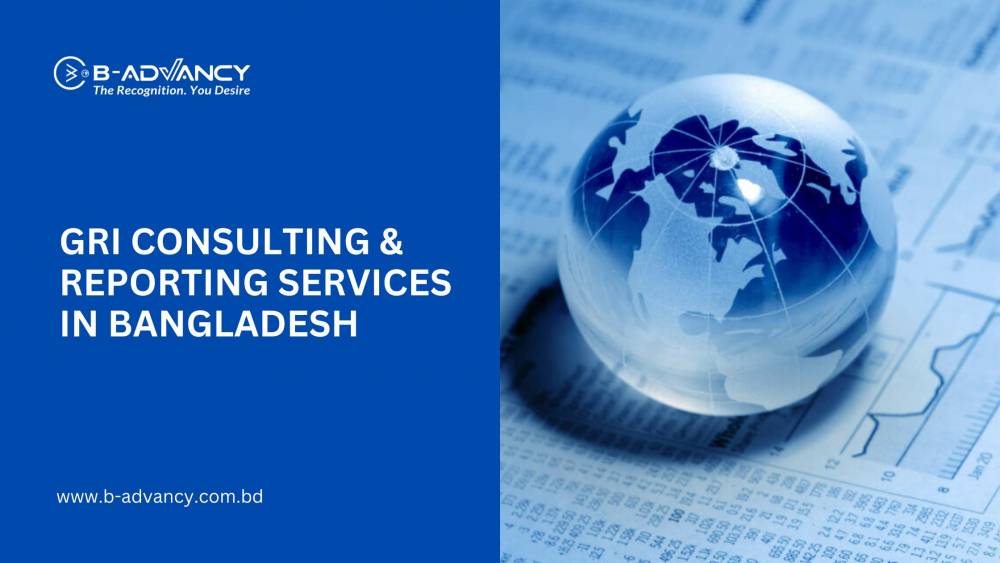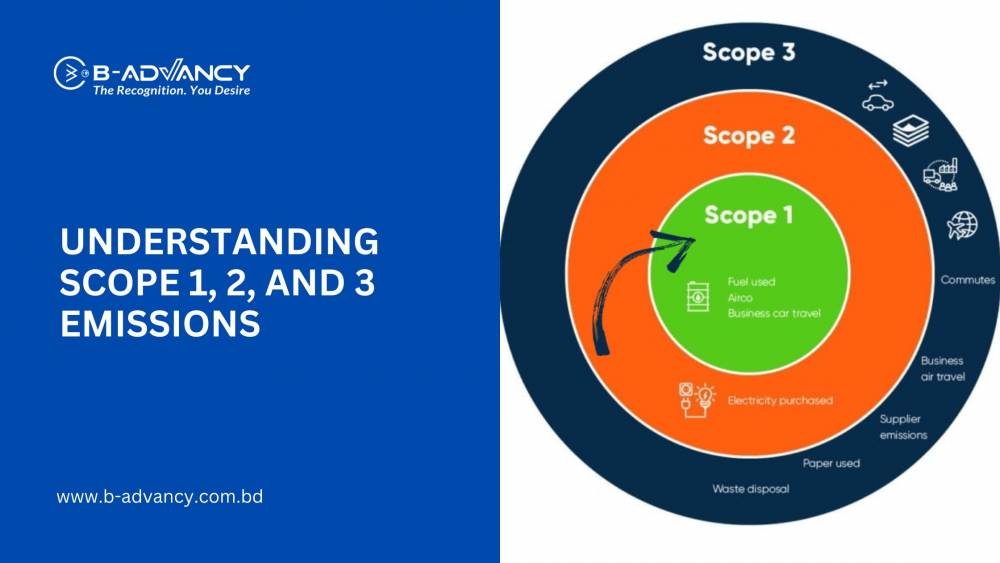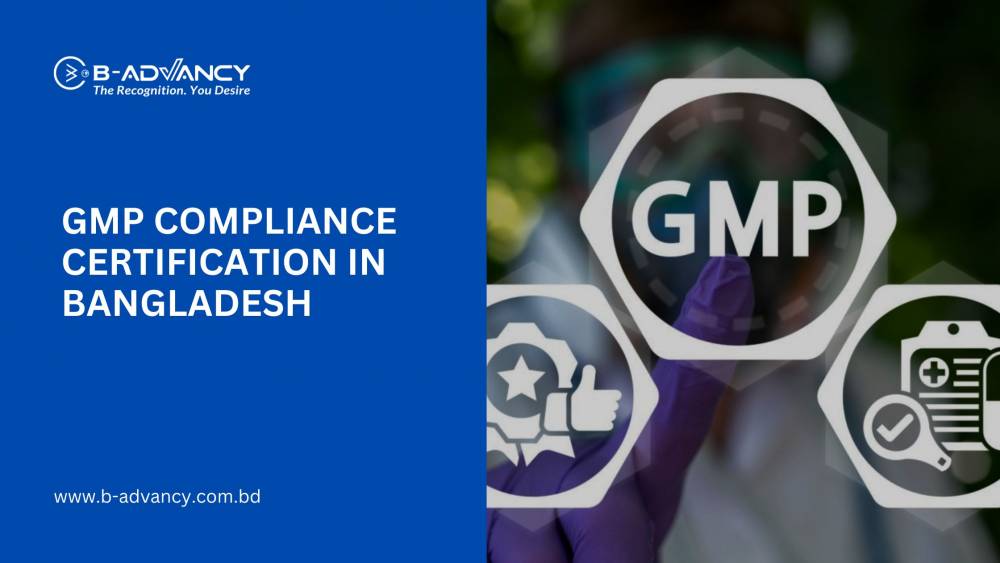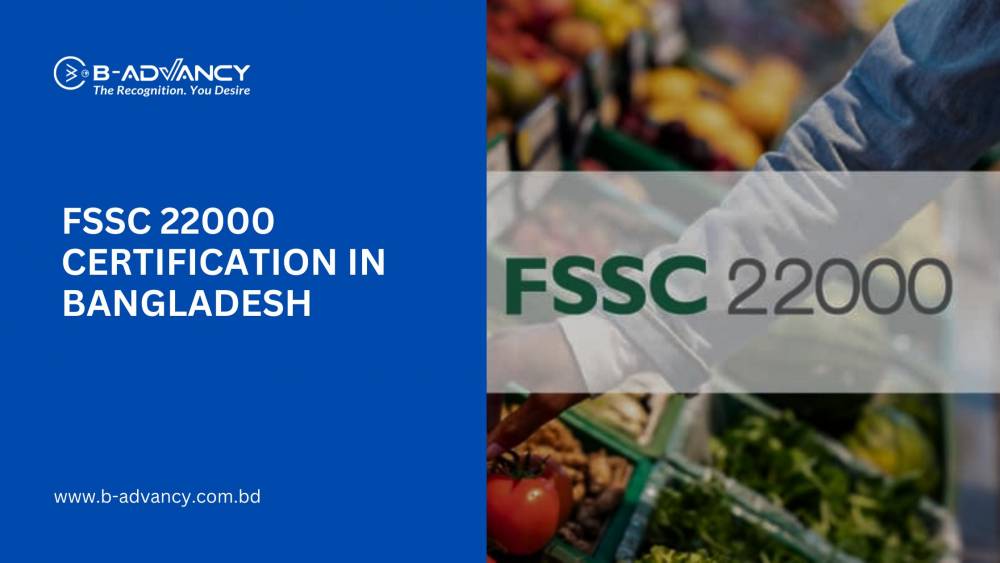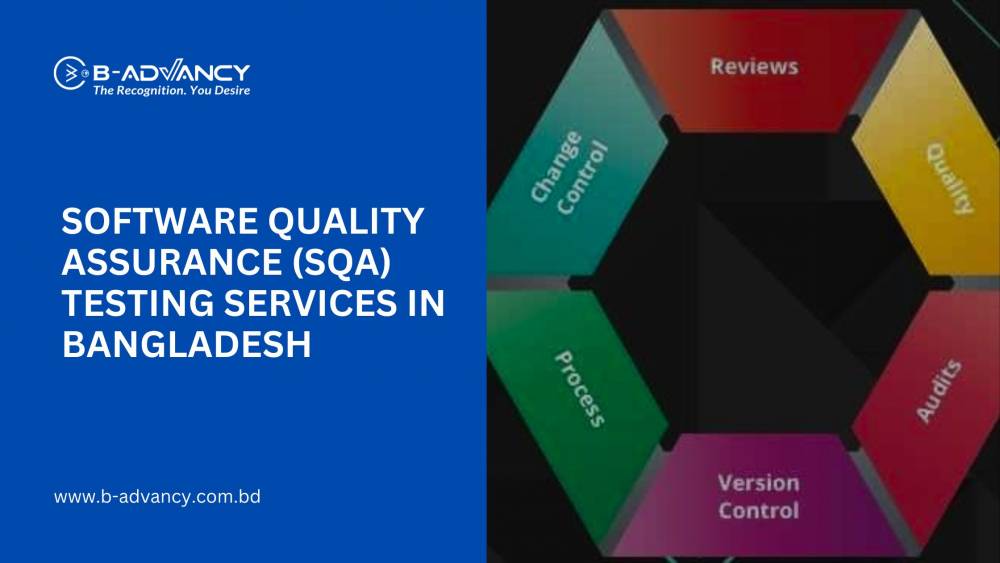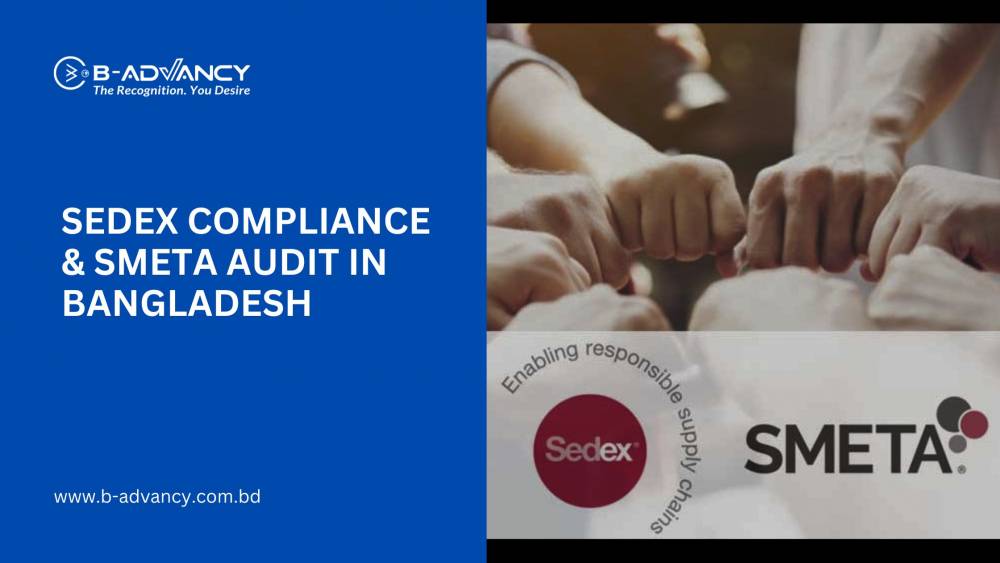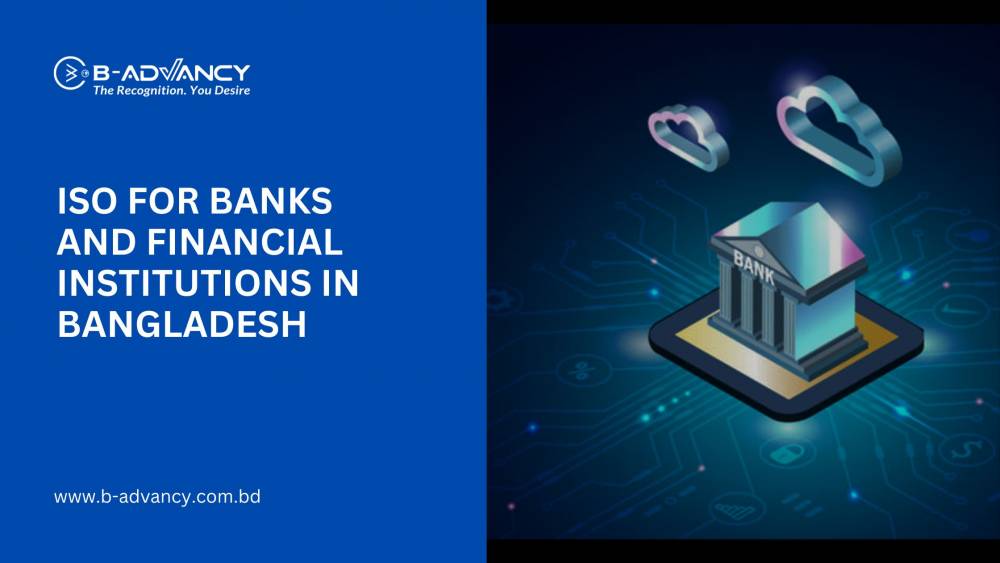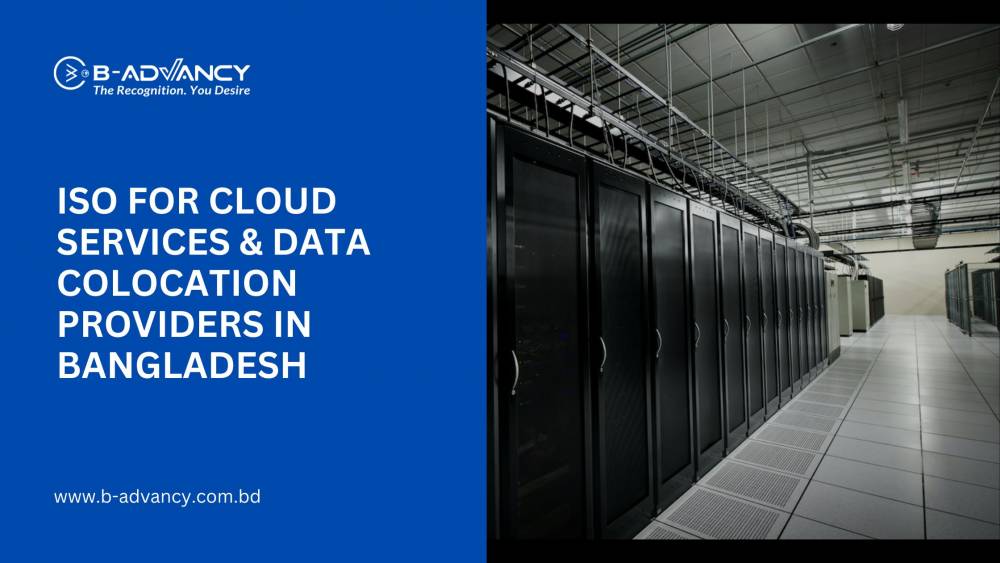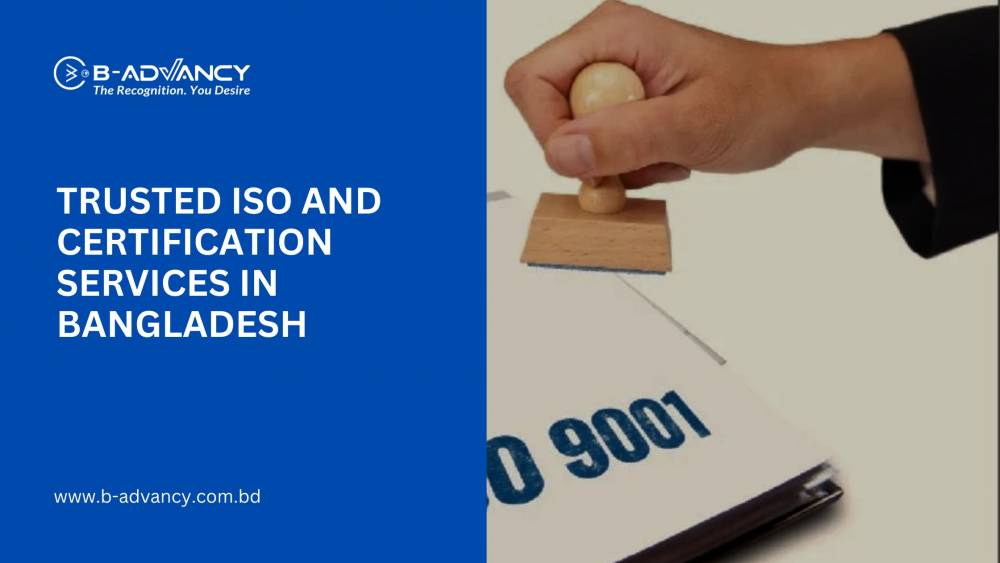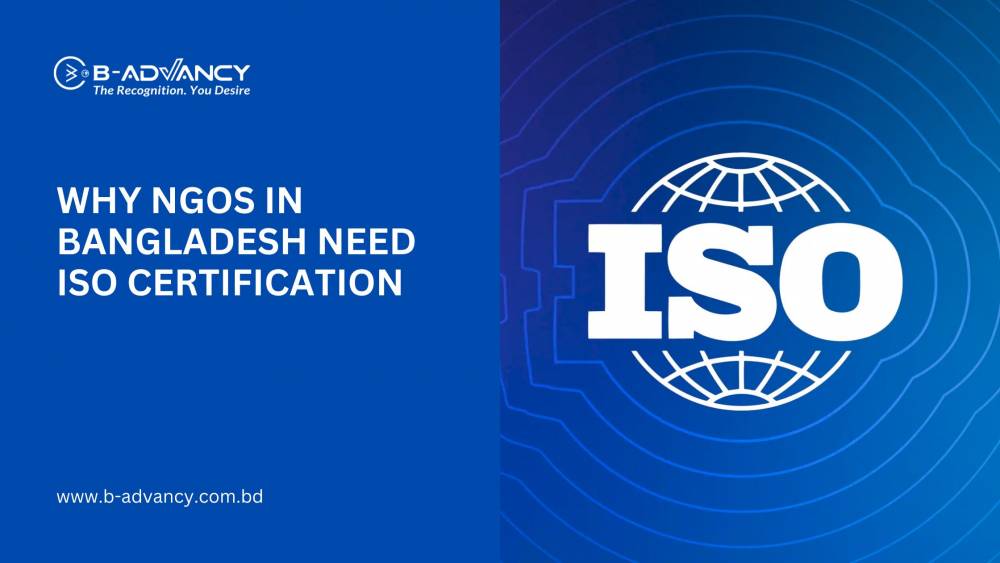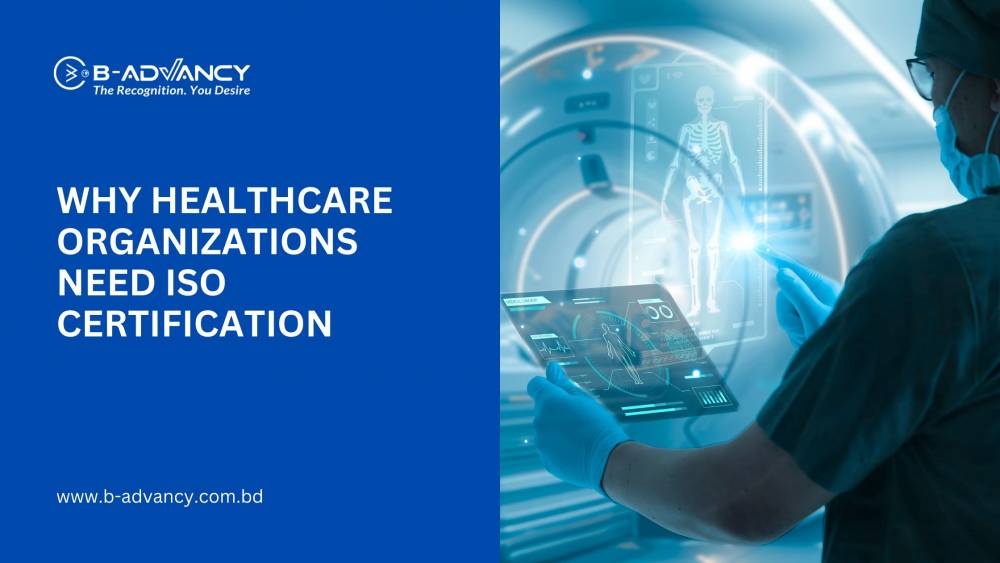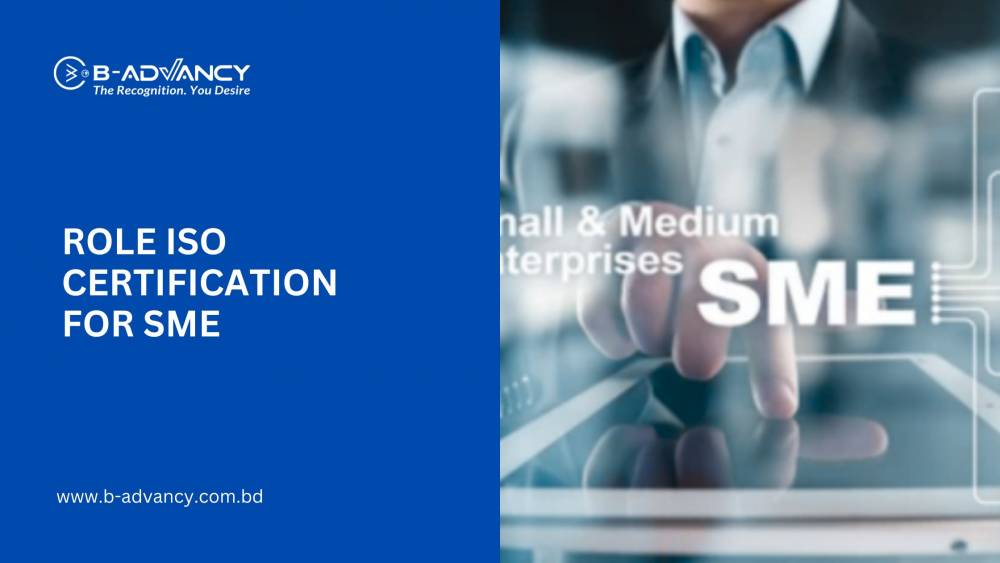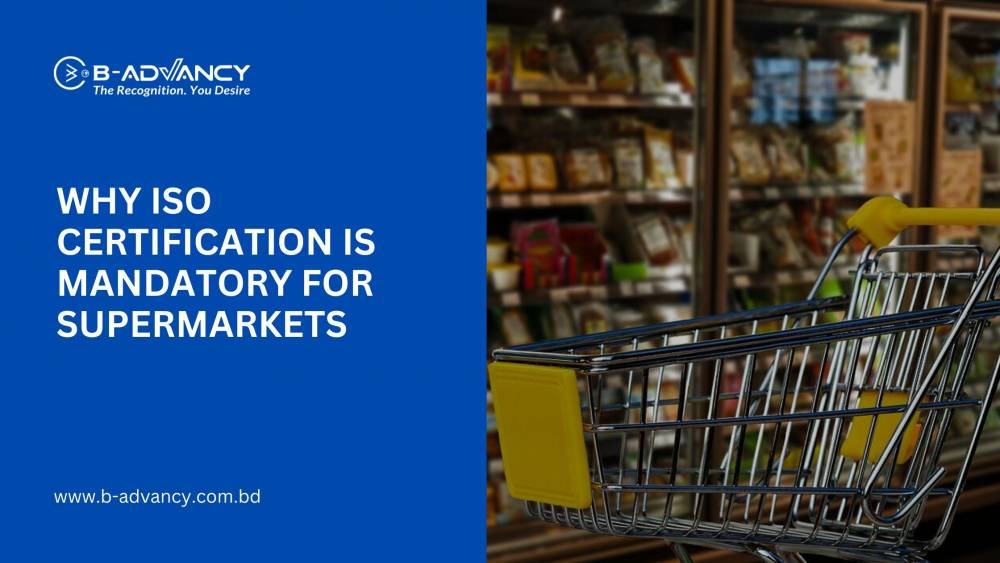Information security is an increasingly critical issue for businesses of all sizes and across all industries. With the proliferation of digital data and the growing threat of cyber attacks, companies must take proactive steps to protect their sensitive information and data assets. One way to achieve this is through adherence to information security standards, such as ISO 27001. However, ISO 27001 is just one of many information security standards available, and it is important to understand how it compares to others in the field.
ISO 27001: An Overview
ISO 27001 is an international standard for information security management systems (ISMS). First published in 2005, it is designed to help organizations manage and protect their information assets. Key components of the standard include risk assessment, risk treatment, and continual improvement. Organizations that achieve ISO 27001 certification demonstrate that they have implemented robust information security policies and procedures, and are committed to ongoing improvement and protection of their information assets.
Other Information Security Standards
While ISO 27001 is a widely recognized and respected information security standard, it is not the only one available. Other commonly used standards include the NIST Cybersecurity Framework, the Payment Card Industry Data Security Standard (PCI DSS), and SOC 2. Each of these standards has its own unique features and requirements, but they all share a common goal of helping organizations protect their sensitive data and information assets.
The NIST Cybersecurity Framework, for example, is a set of guidelines developed by the US National Institute of Standards and Technology. It is designed to help organizations of all types and sizes manage and reduce their cybersecurity risks. The framework includes five key functions: identify, protect, detect, respond, and recover.
The PCI DSS, on the other hand, is a standard developed by the payment card industry to protect cardholder data. It includes a set of requirements for businesses that accept credit and debit card payments, such as the use of secure payment processing systems and regular vulnerability assessments.
SOC 2 is a set of auditing standards developed by the American Institute of Certified Public Accountants (AICPA). It is designed to help organizations demonstrate that they have effective internal controls over their information and data assets. SOC 2 audits can cover a range of areas, including security, availability, processing integrity, confidentiality, and privacy.
Choosing the Right Information Security Standard
Selecting the right information security standard for your organization can be a complex decision. Factors to consider include the size and complexity of your business, the nature of your information assets, and your industry and regulatory requirements.
ISO 27001 is often praised for its flexibility and adaptability, making it suitable for organizations of all types and sizes. It is also a globally recognized standard, which can be important for companies operating in multiple countries. However, it may not be the best choice for organizations with highly specialized security requirements or those in highly regulated industries, such as healthcare or finance.
Real World Examples and Case Studies
To see the practical benefits of adhering to information security standards, it is helpful to look at real-world examples. For example, in 2017, Equifax suffered a massive data breach that exposed sensitive personal and financial information of over 143 million people. The company was criticized for failing to implement adequate security measures to protect its information assets. If Equifax had adhered to information security standards, such as ISO 27001, it may have been better equipped to prevent or mitigate the effects of the breach.
Another example comes from the healthcare industry, which is highly regulated and faces unique security challenges. A case study from the Health Information Trust Alliance (HITRUST) demonstrates how adherence to a combination of standards, including ISO 27001 and HIPAA, helped one healthcare organization improve its security posture and reduce the risk of data breaches. Through a combination of policies and procedures, training, and regular assessments, the organization was able to identify and address vulnerabilities in its security system, and achieve compliance with multiple regulatory requirements.
Statistics and Facts
The need for robust information security measures is clear from the statistics. According to a report from Cybersecurity Ventures, cybercrime is expected to cause over $6 trillion in damages annually by 2021. The same report notes that ransomware attacks are expected to occur every 14 seconds by that same year. In addition, a report from IBM Security found that the average cost of a data breach in 2020 was $3.86 million. These numbers demonstrate the importance of information security and the need for effective standards and protocols to protect against cyber threats.
Conclusion
In conclusion, information security standards are an essential tool for organizations looking to protect their sensitive data and information assets. ISO 27001 is a widely recognized and respected standard, but it is important to consider other options as well, depending on your organization's unique needs and requirements. By adhering to information security standards, companies can reduce the risk of data breaches, protect their reputation, and improve their overall security posture.

